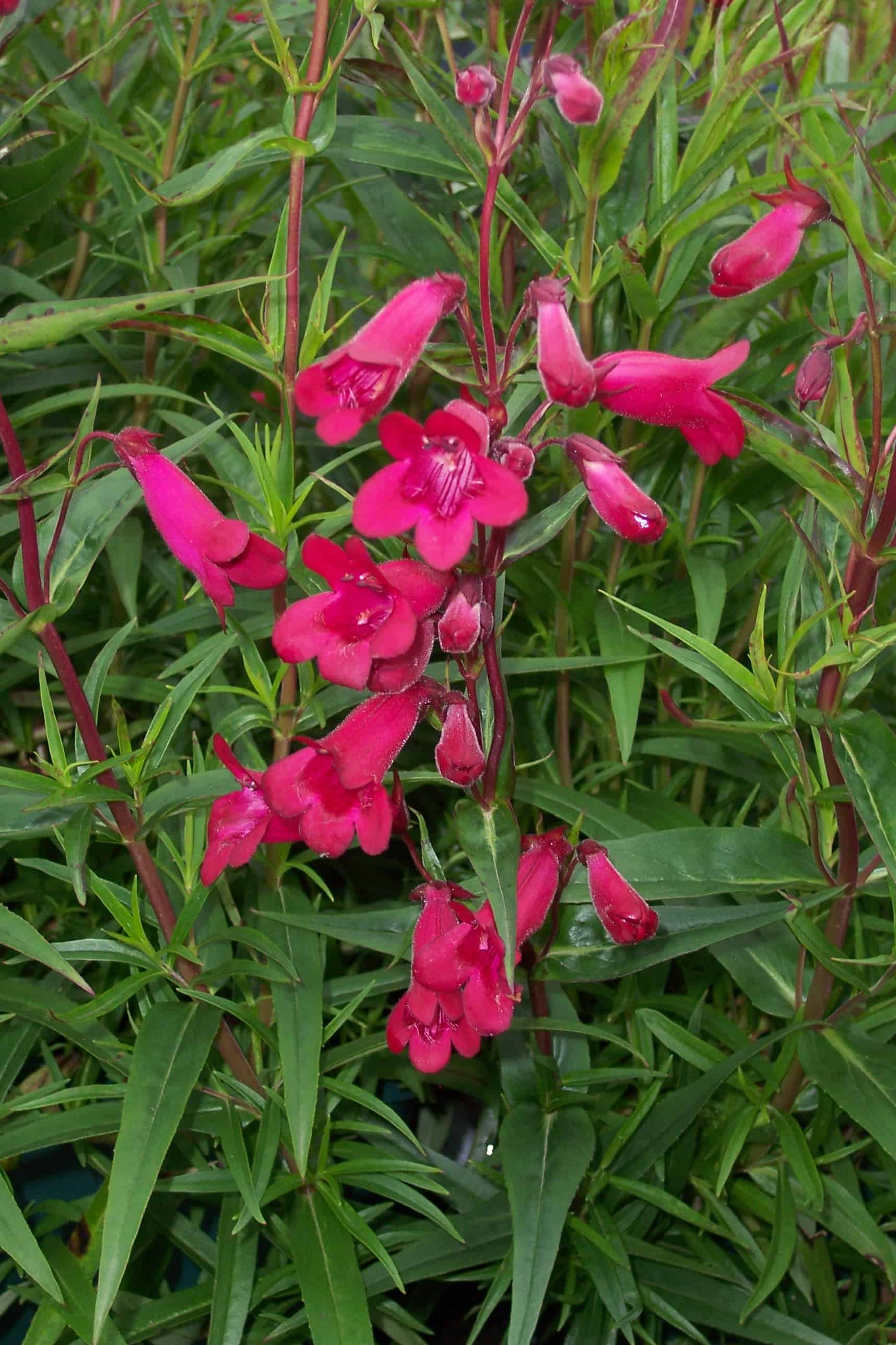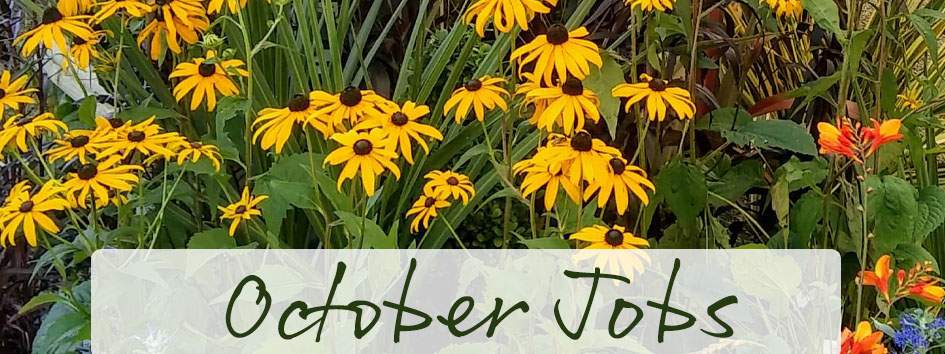
Cutting back herbaceous perennials
The stunning displays of colour, texture and movement herbaceous perennials bring to the garden will be coming to an end with many running out of steam and going past their best.
October is the perfect month to cut back herbaceous perennials removing spent flowers, stems and foliage cut back to just above ground level. Cutting back at this time will help reduce the spread of fungal diseases in the damper conditions, removing old stems helps with overwintering preventing the stems from being penetrated by the frost and damaging the crown.
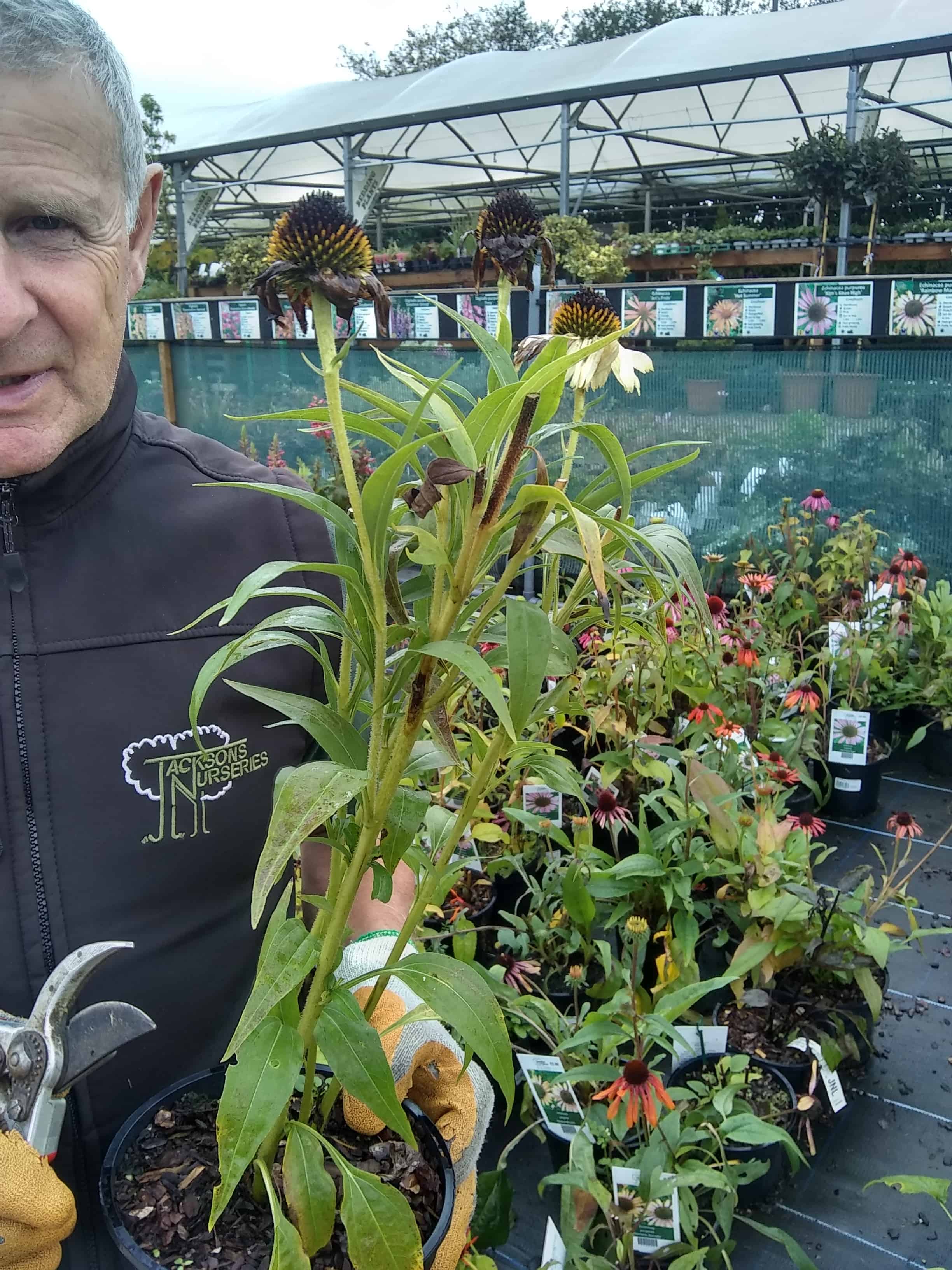
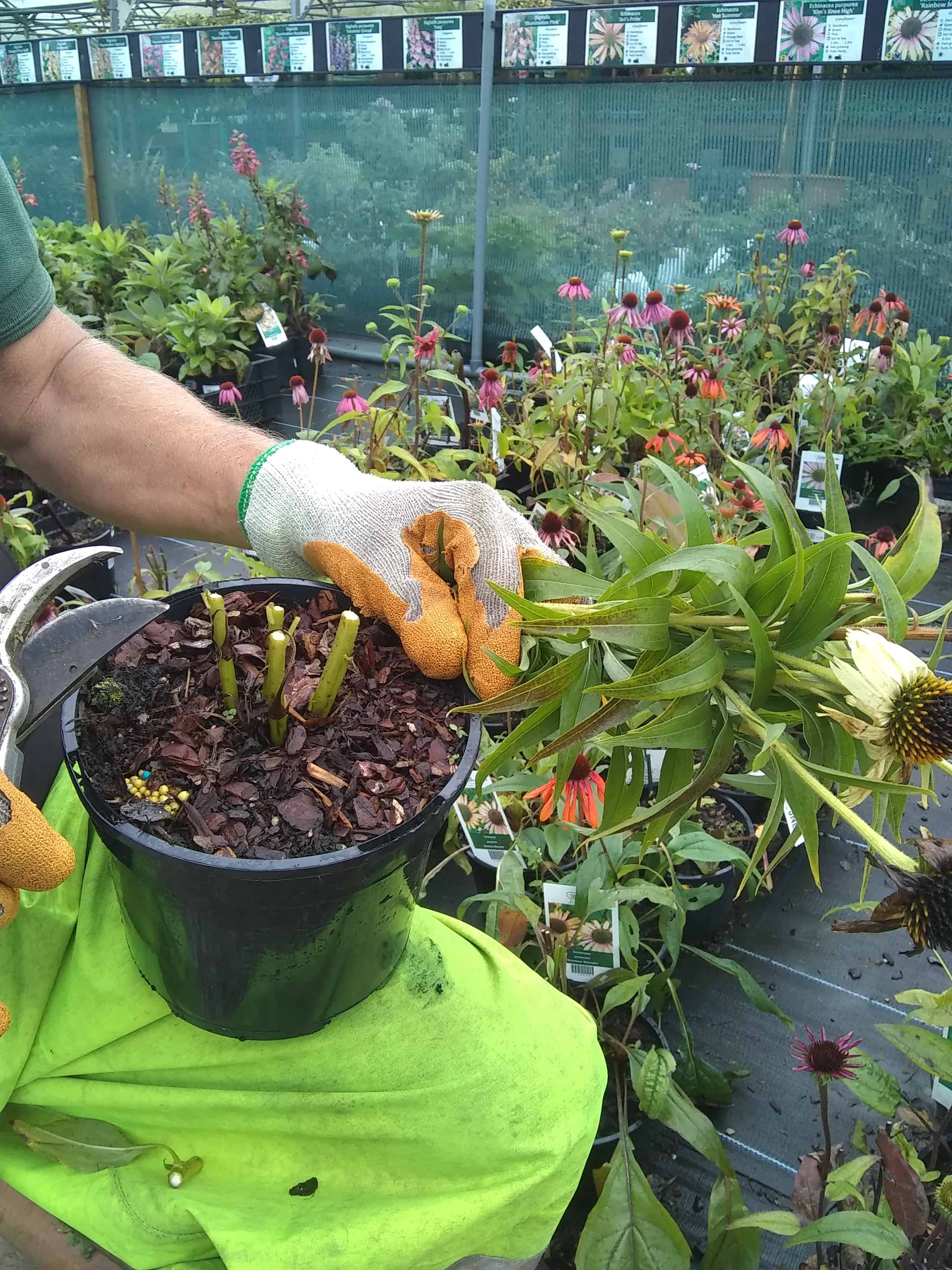
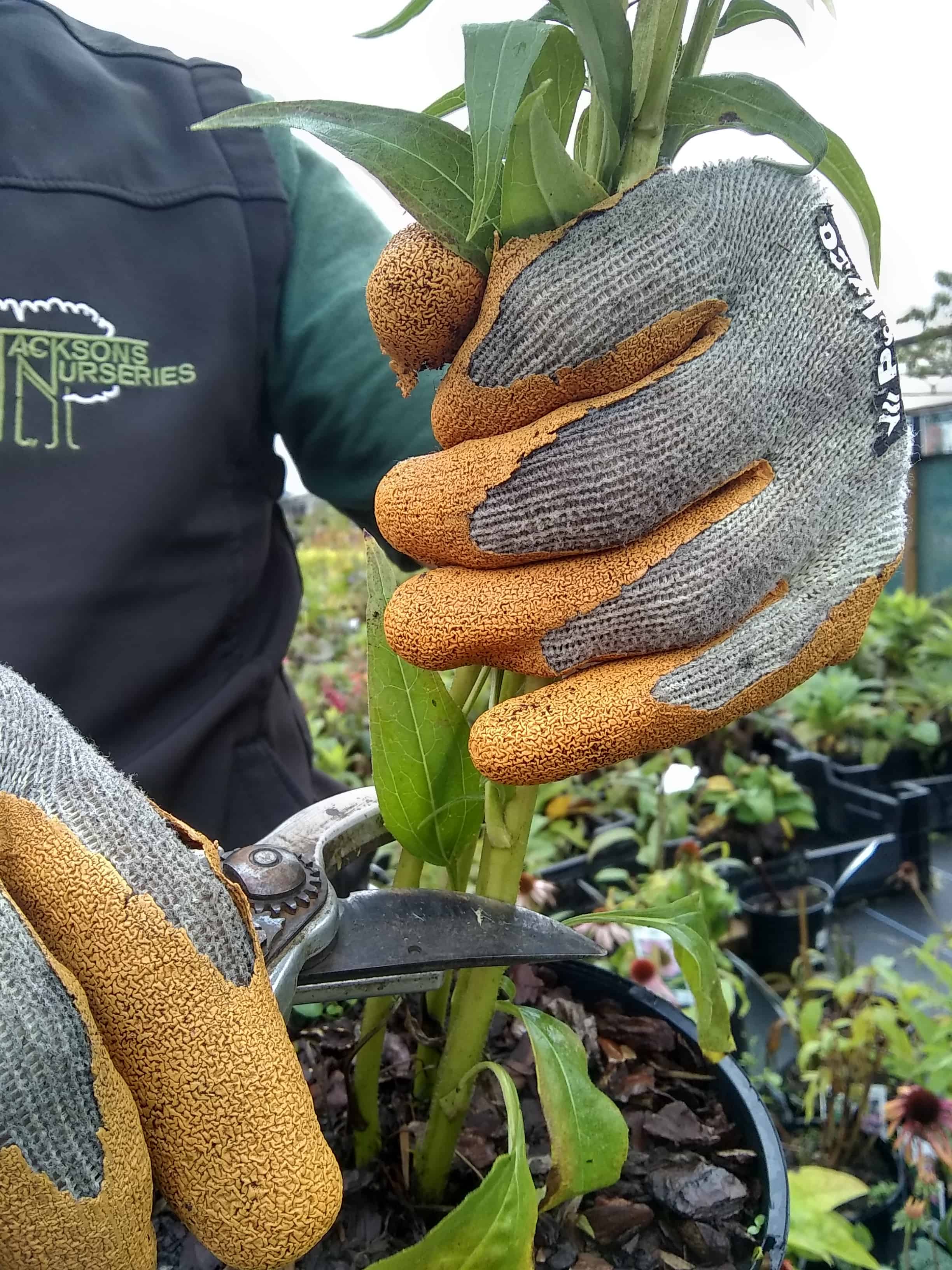
Old rotting leaves and debris can allow disease to survive over winter so clean the base of all plants at the same time remove any garden pests such as slugs that may shelter in the rotten debris and leaves. After removing debris from around the base of the plant apply a mulch, this will provide the crown with a little extra protection over the winter. However, there are exceptions eg. evergreen penerrials generally don't require cutting back unless untidy and Penstemons prefer to be prunned in spring to provide winter penetration to younger growth and tender crowns.
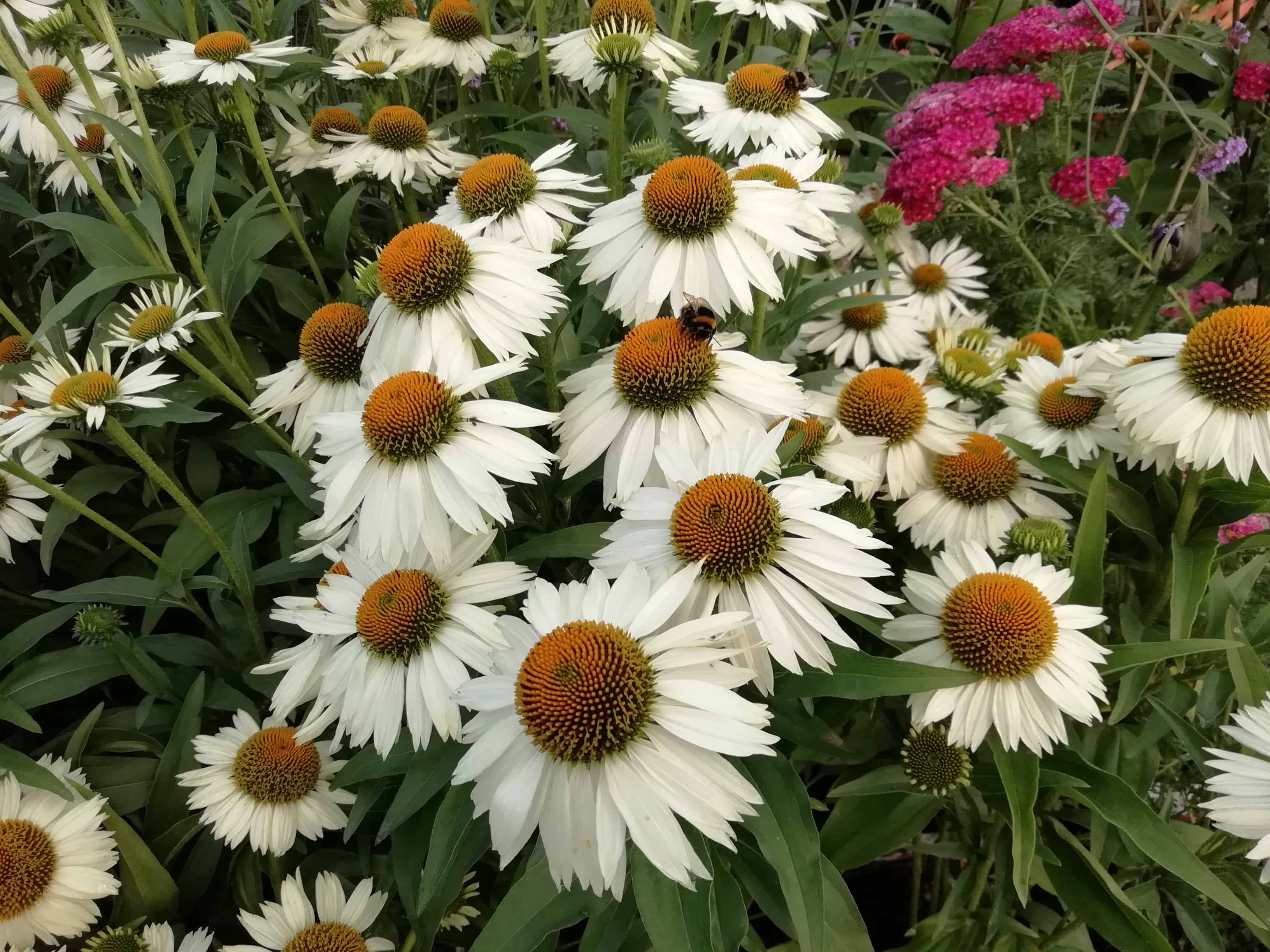
It’s important not to be tempted to feed after cutting back or you will be undoing all your hard work. Feeding now will only encourage young soft growth from the crown which will be severely damaged when the frosts arrive. Feed in the spring with a well balanced slow release feed taking care not to over do it and reap the rewards with a wonderful display of colour in the flowering season.
.................................................................................................................................................................................................................
Time to replace summer bedding
The first autumn frosts will signall the end of the summer bedding season. By october Garden Centres and Nurseries will be full of autumn/winter bedding and evergreens to replace the summer bedding.
.jpg?1571222220510)
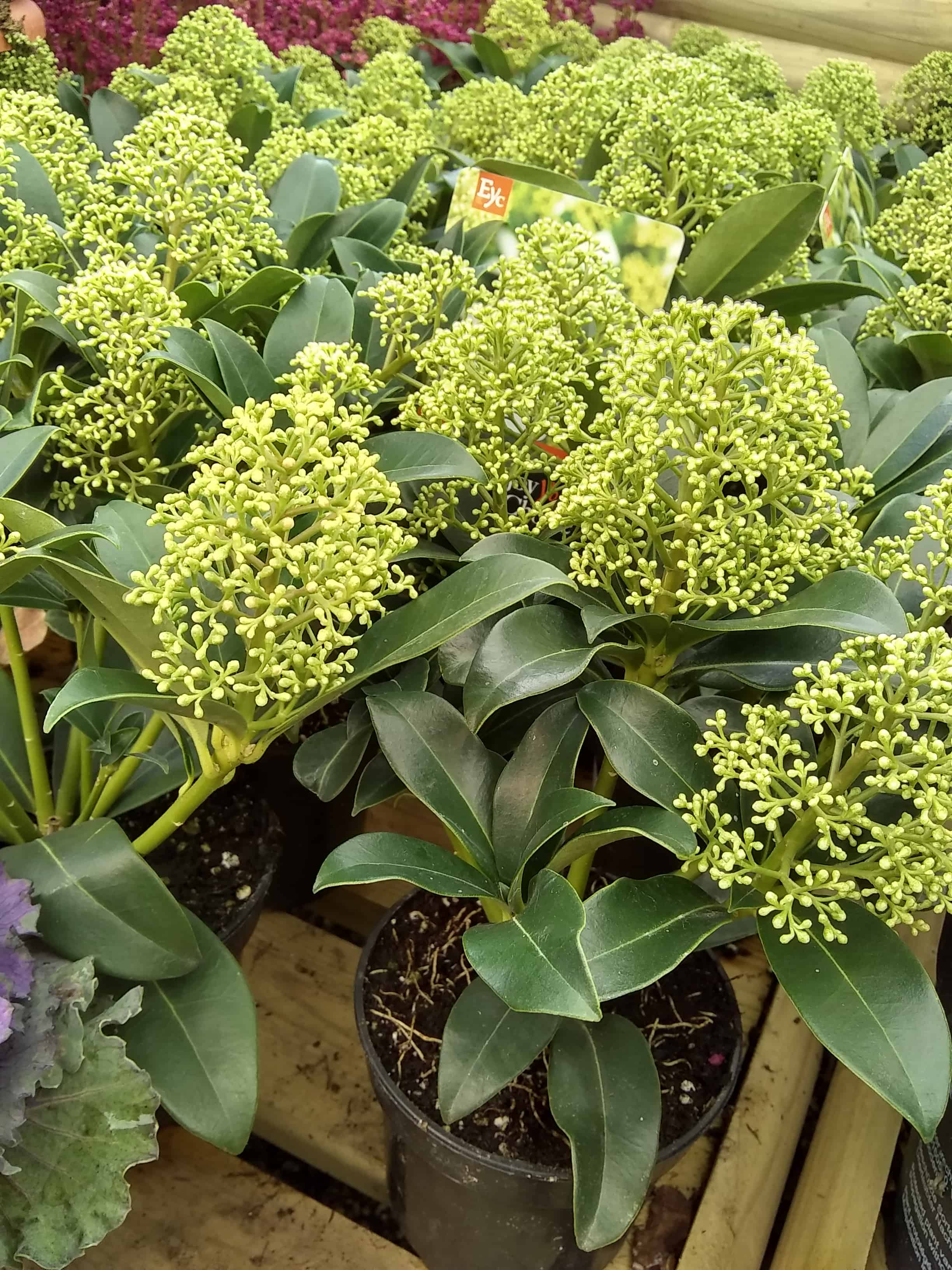
.jpg?1571222367525)
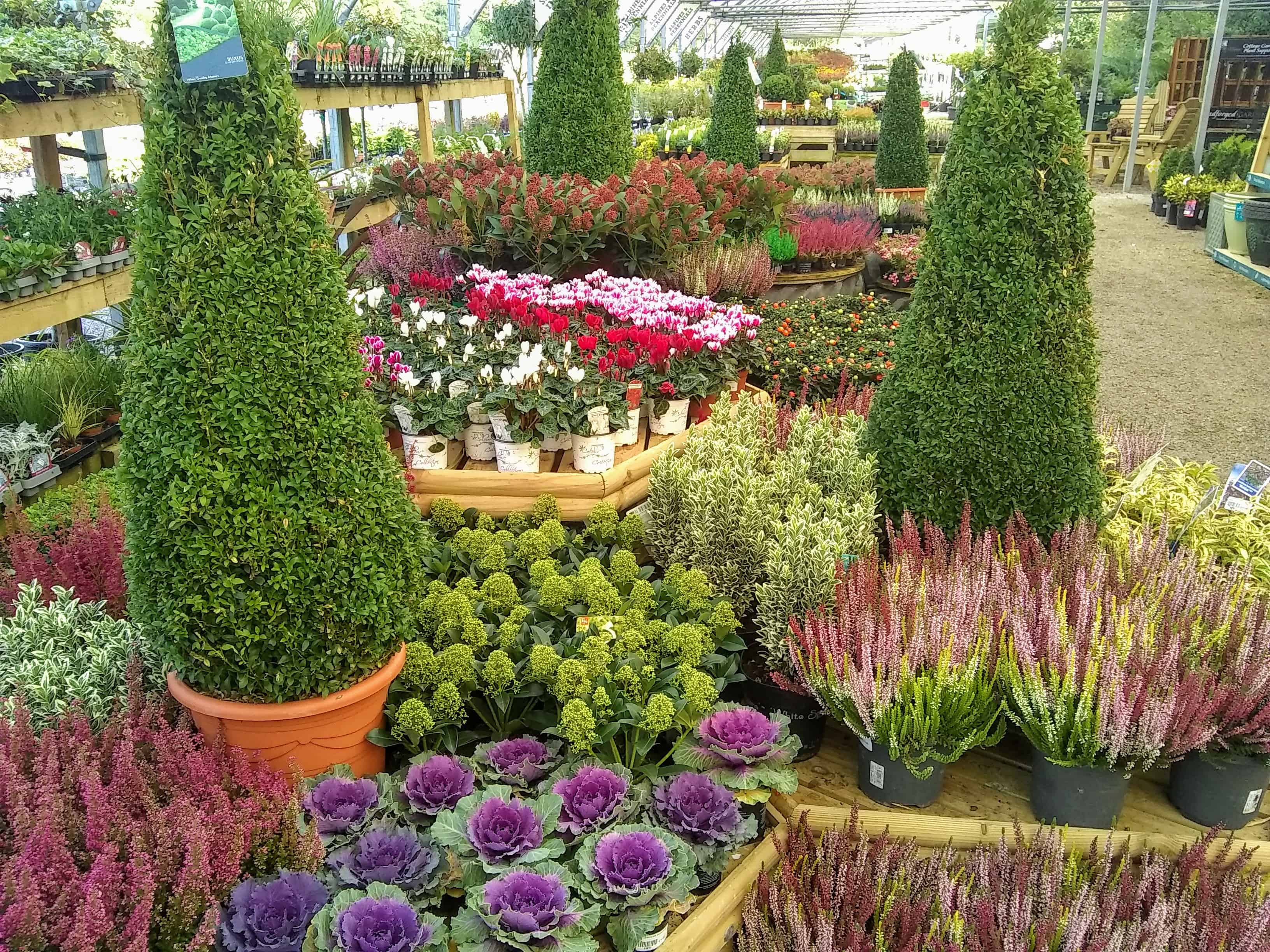
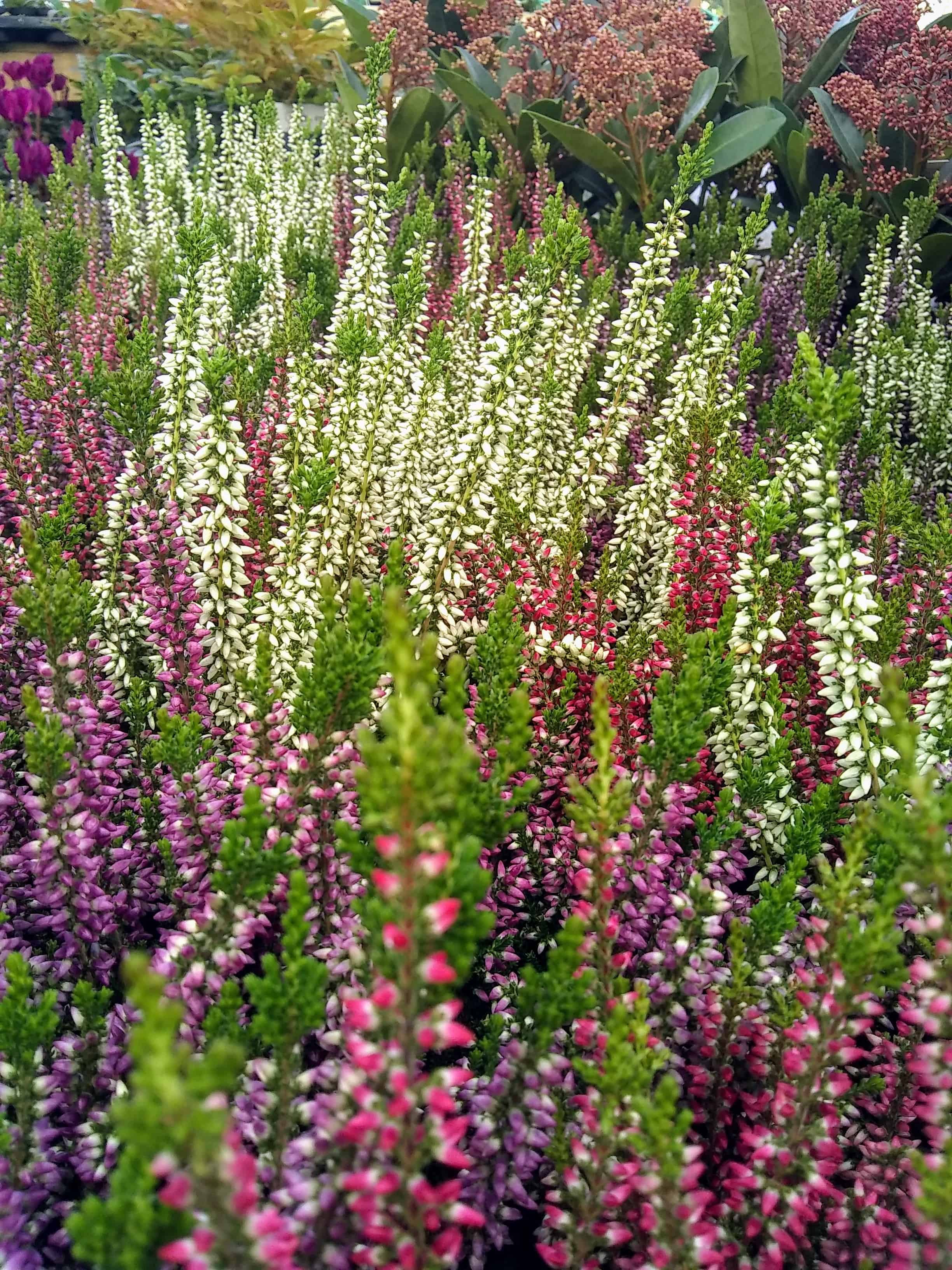
Adding evergreens such as Skimmia, Heathers, Euonymus and Ivy will provide structure and colour especially if the weather becomes too cold. The pansy and voilas may stop producing flowers for a short period, this is when evergreens will come into their own.
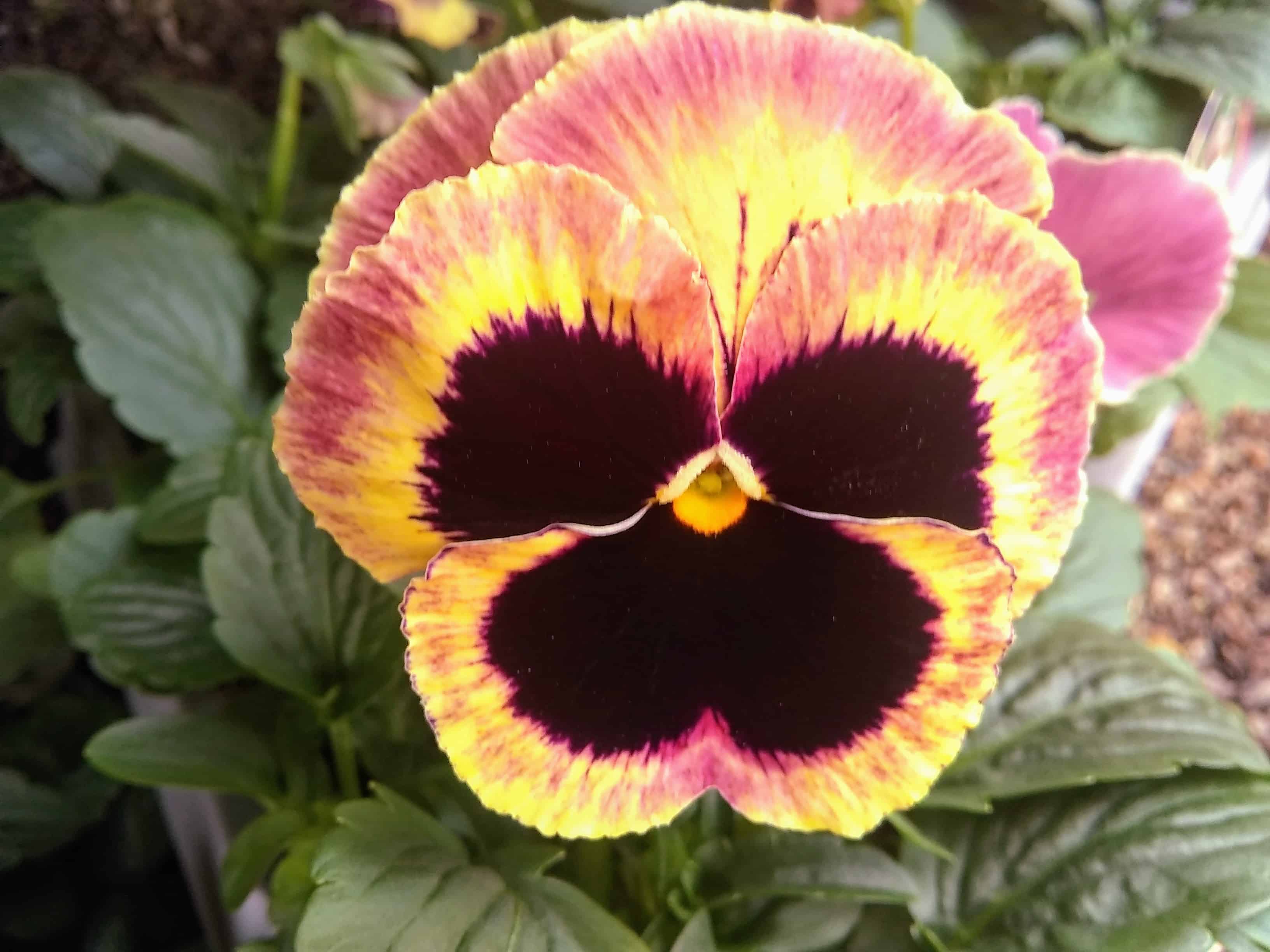
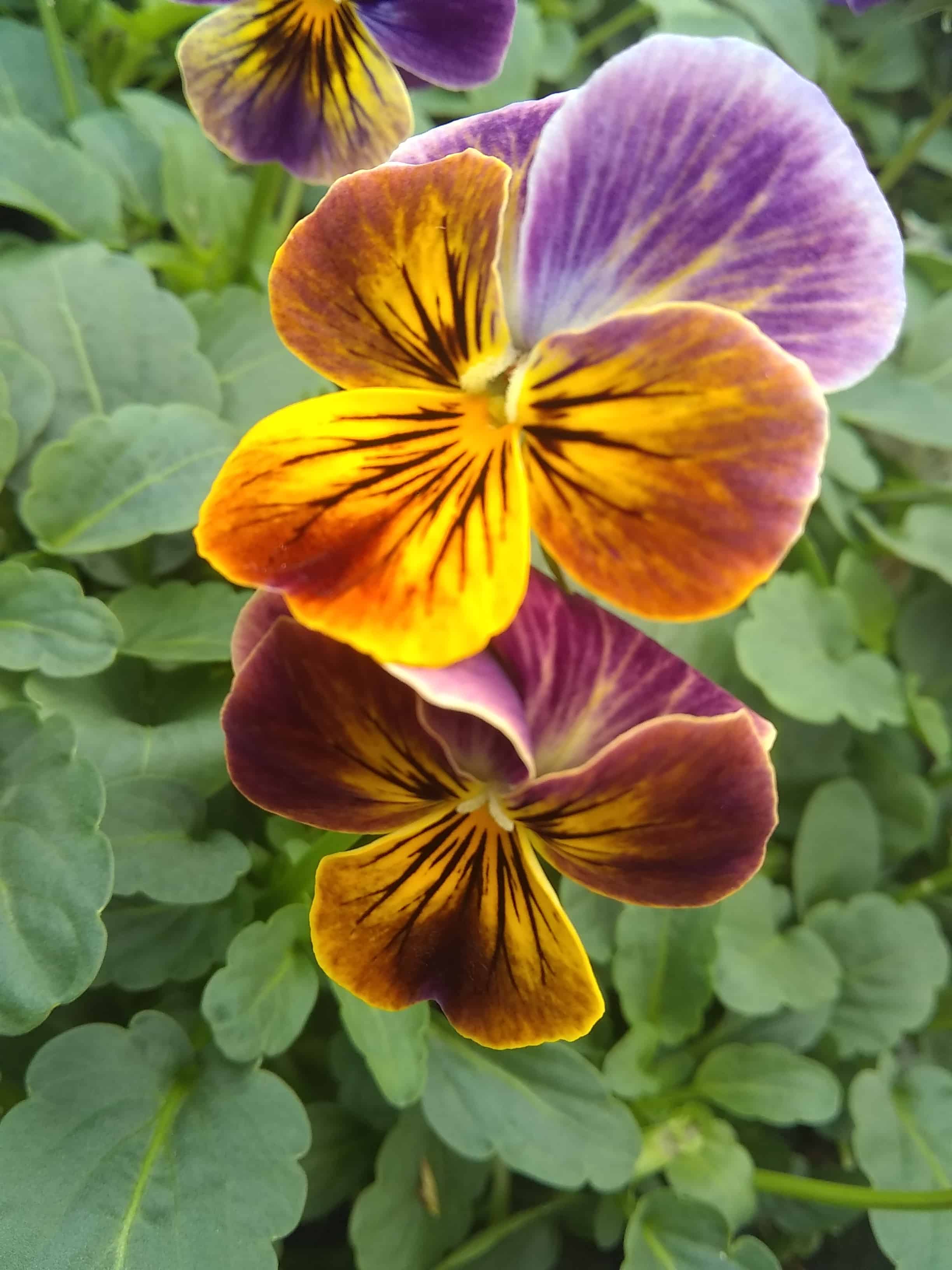
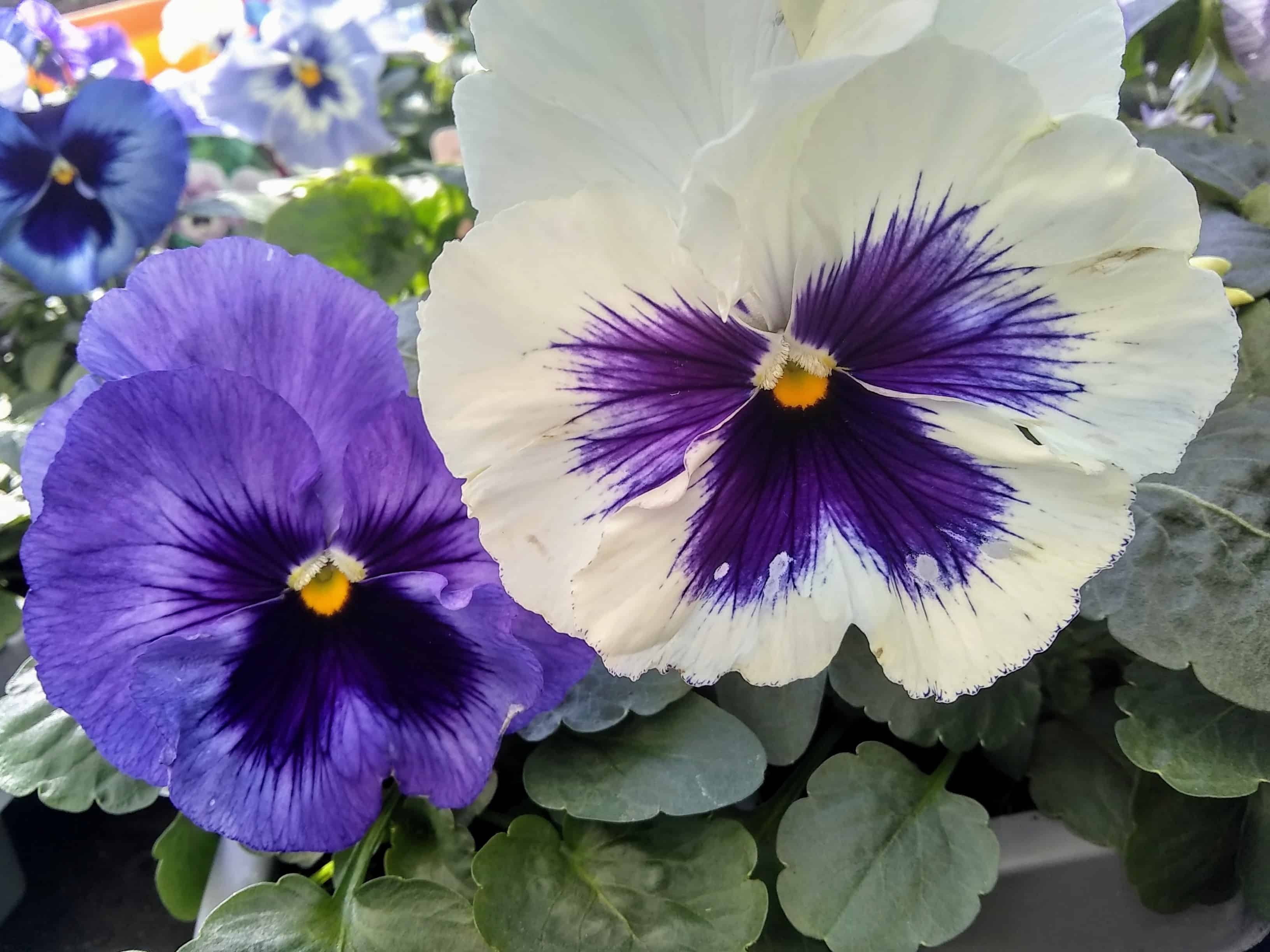
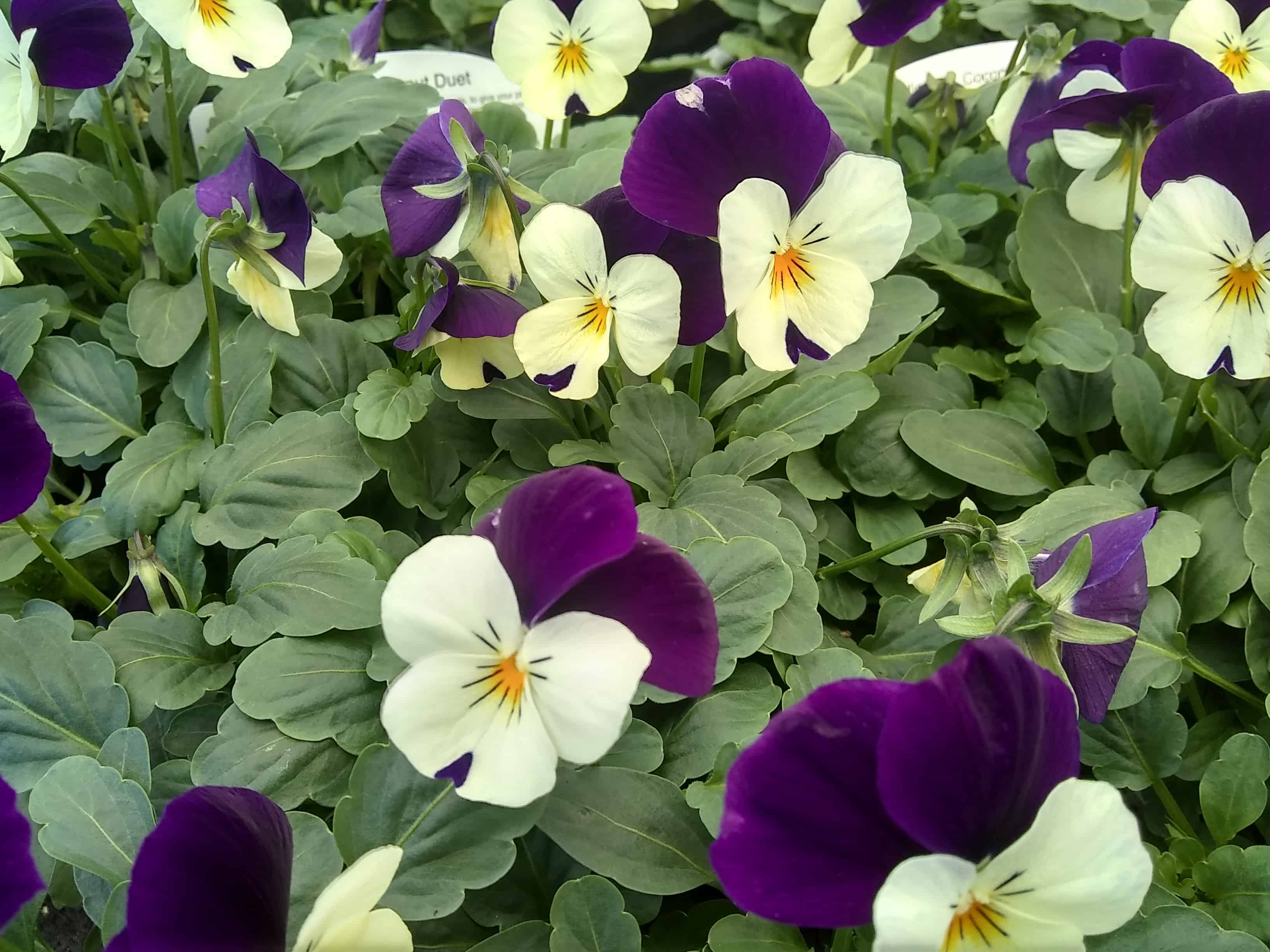
Remove plants and old compost add all to compost bin if available. It’s important to remove old compost and refresh with new. Due to their floriferous nature summer annuals use lots of energy making them extremely hungry plants, in turn taking all the nutrient and goodness out of the compost. By the end of the season the compost will be lacking feed and won’t contain enough nutrient to help get the best display out of the autumn/winter bedding. When planting winter baskets & planters we recommend using a mixture of bedding and seasonal evergreen shrubs. The bedding will provide instant colour, look no further than pansies and violas when choosing the bedding, they come in a fabulous array of colours and tend to be the most prolific of all the autumn winter bedding plants.
To add that extra bit of seasonal interest you can add spring flowering bulbs to the basket & planters. These need to be added before the main plants go in. Dwarf Narcissus, Crocus,Tulip,Muscari and Iris are perfect, adding yet more beautiful colour to your baskets & planters in spring. Once planted up the autumn/winter displays will provide beautiful colour throughout the winter and well into late spring early summer.
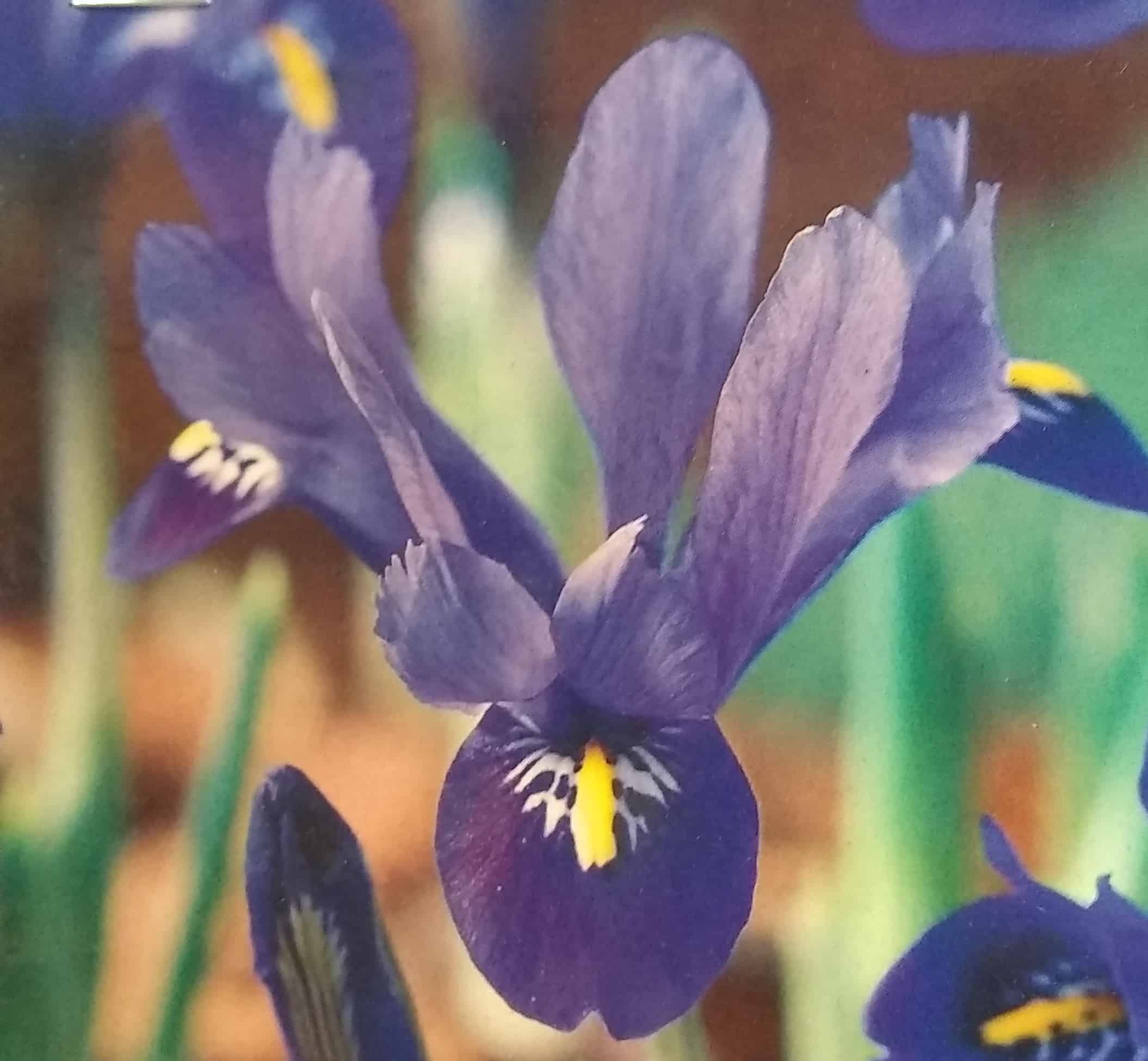
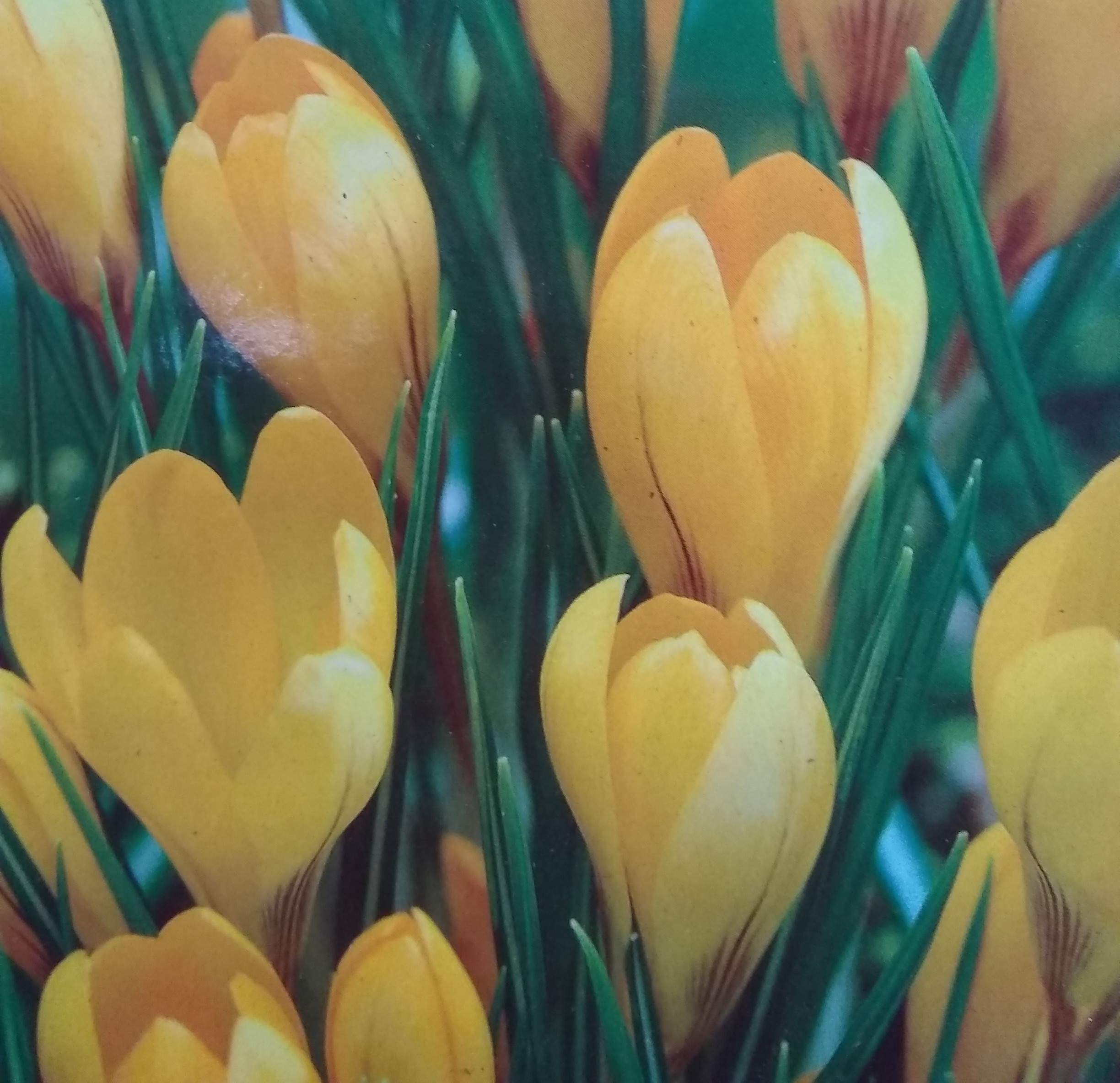
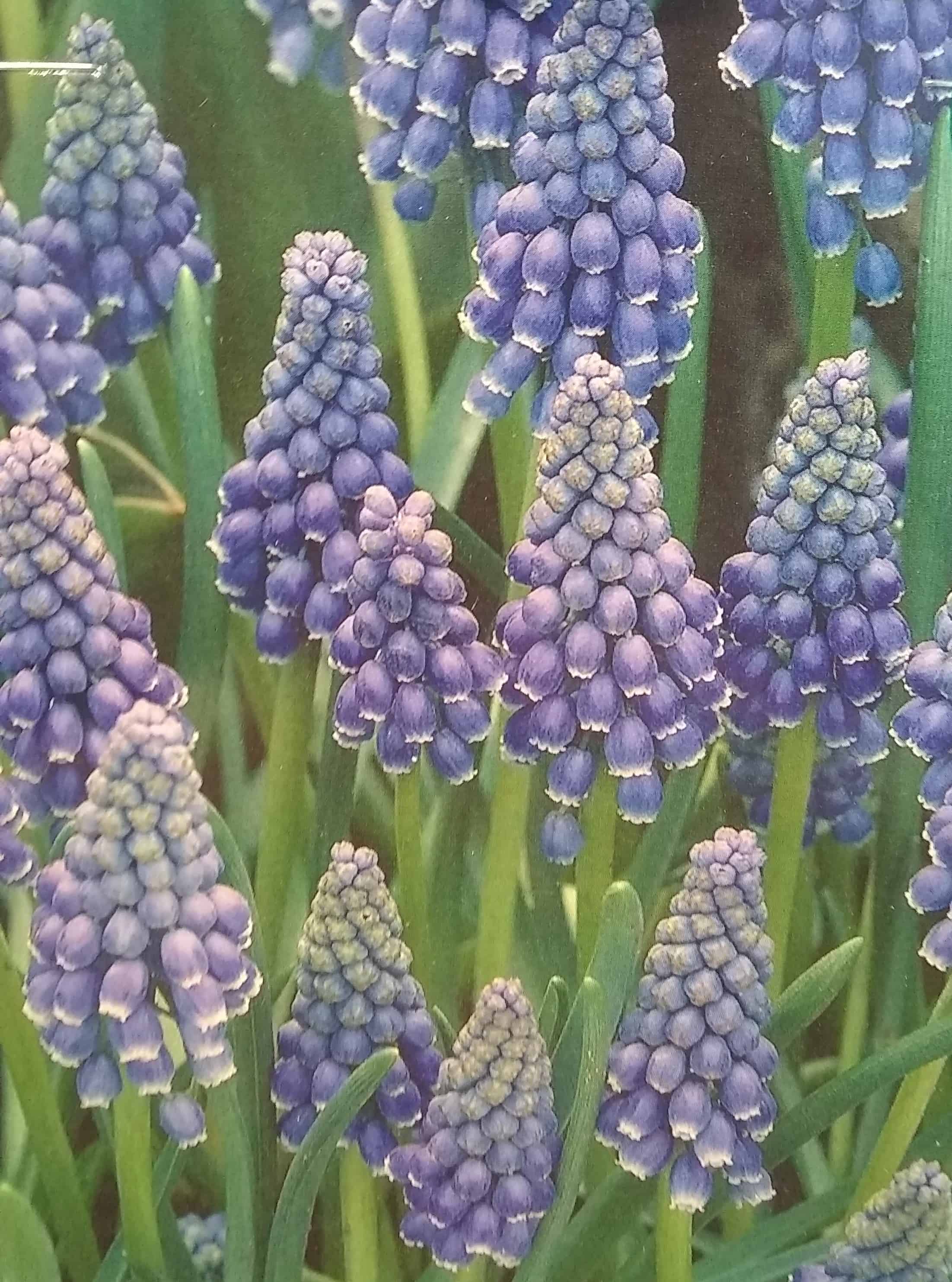
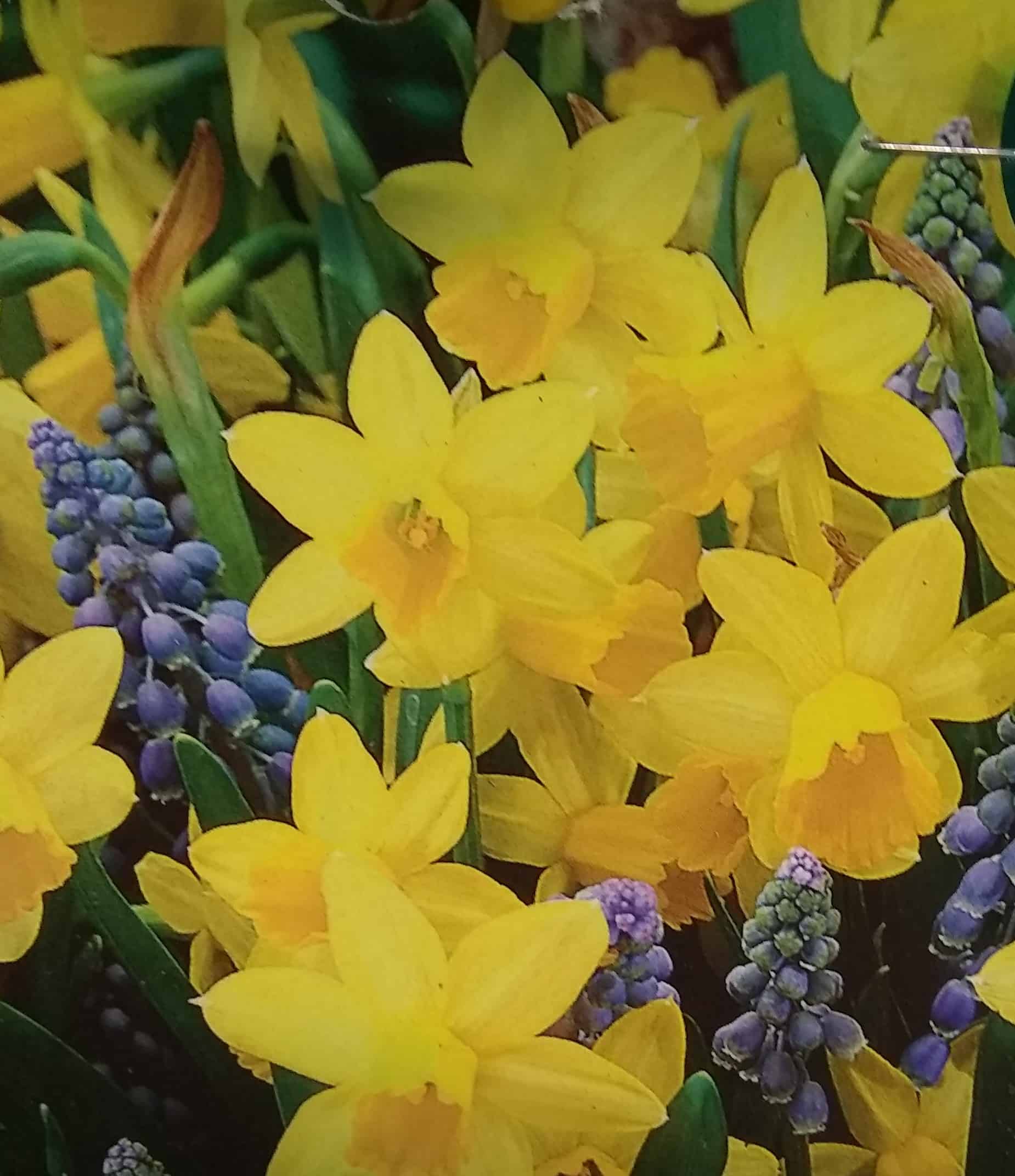
.jpg?1571139937276)
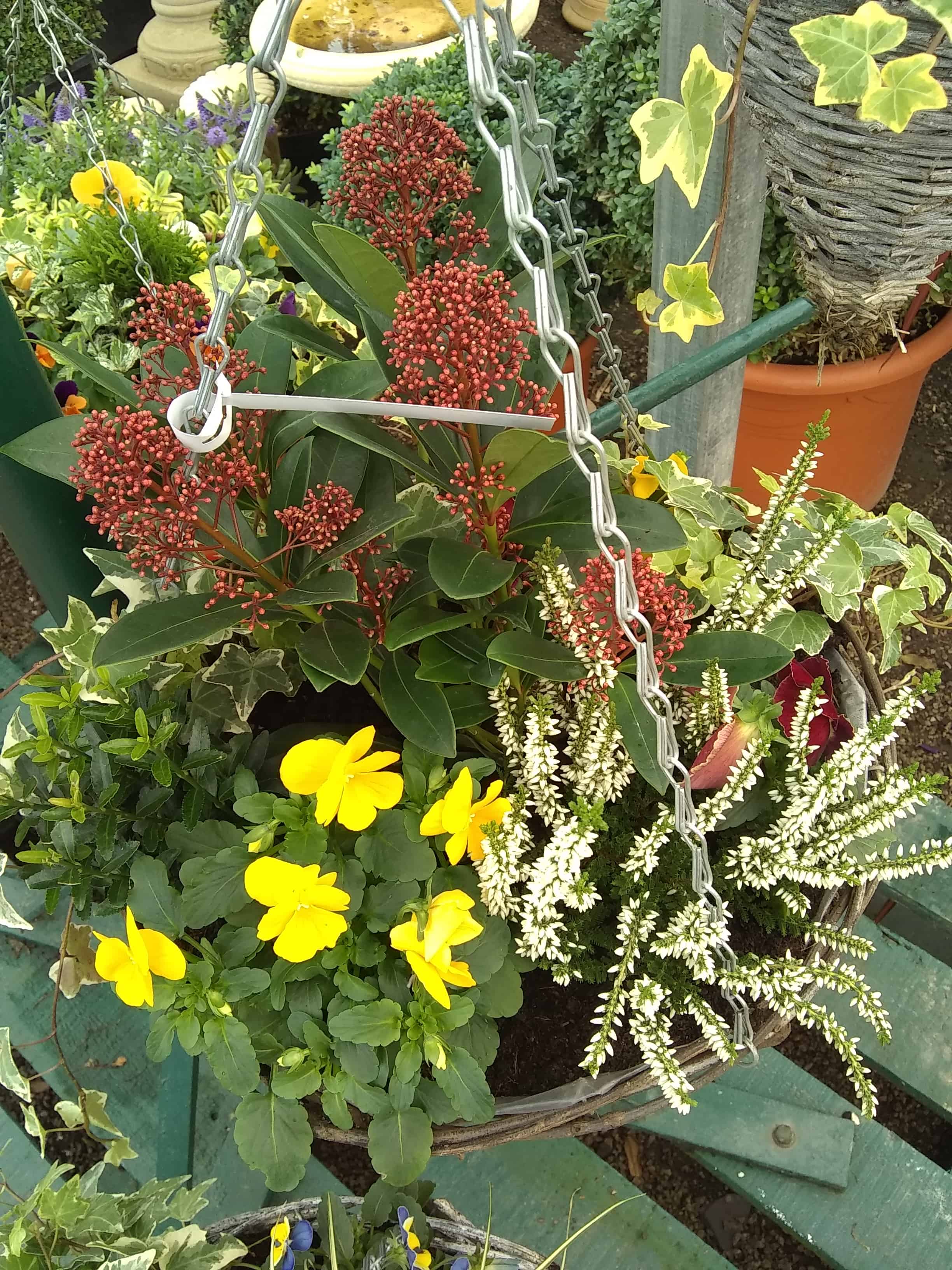
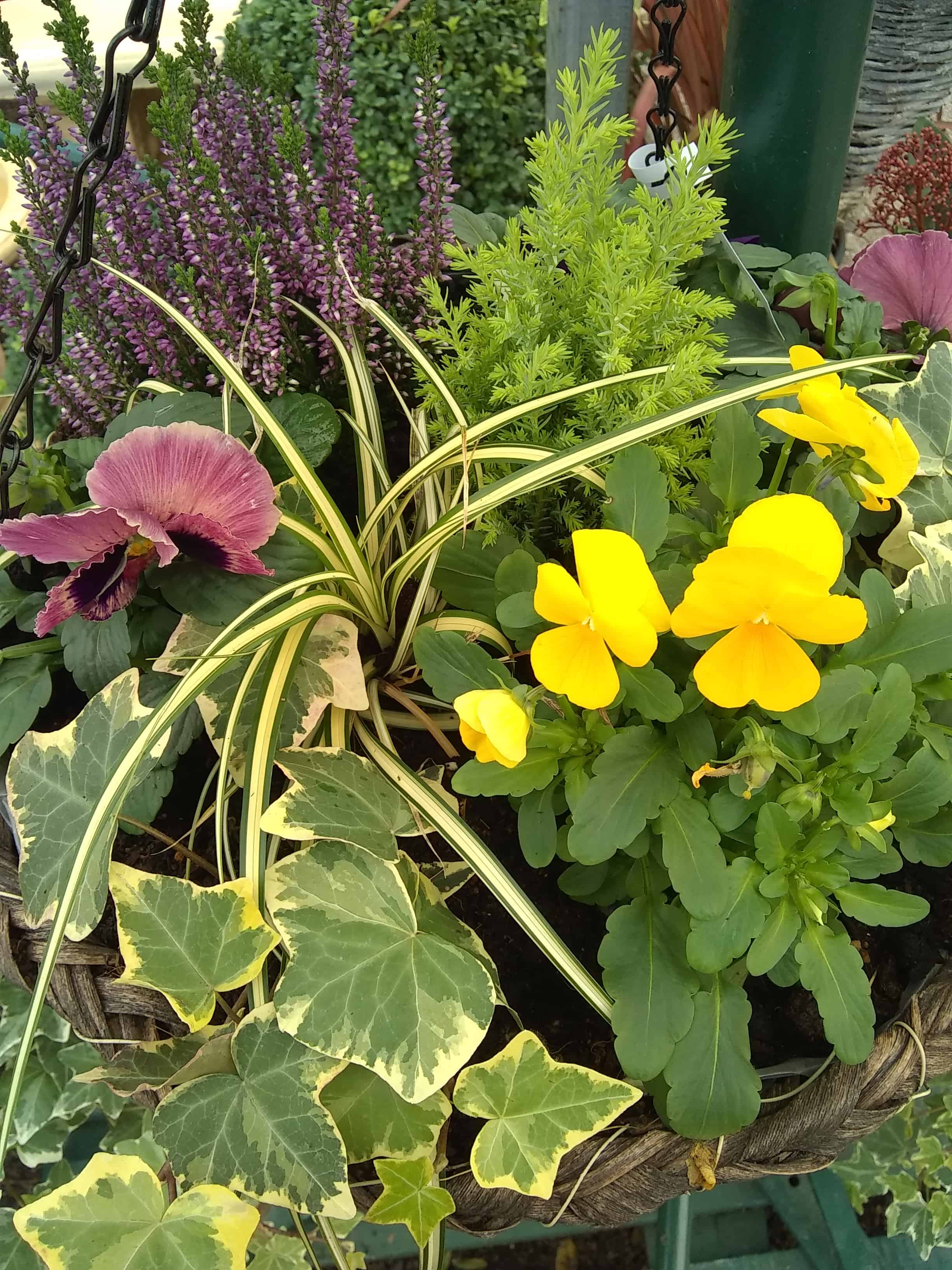
.................................................................................................................................................................................................................
Dividing herbaceous perennials
In October plant growth will begin to slow down in the cooler weather, there will still be some warmth left in the soil providing the ideal conditions to divide herbaceous perennials. Why divide perennials? Around every three seasons most perennials will benefit from splitting it helps to maintain vigorous healthy growth, more vigorous varieties can be divided more often along with pot grown perennials which may have out grown their pots and become pot bound.
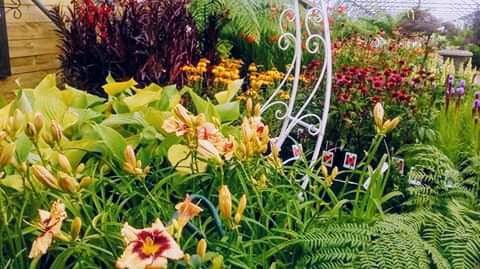
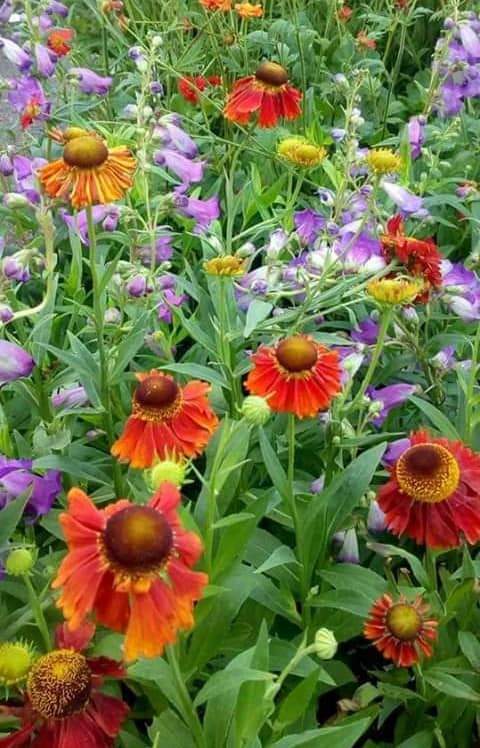
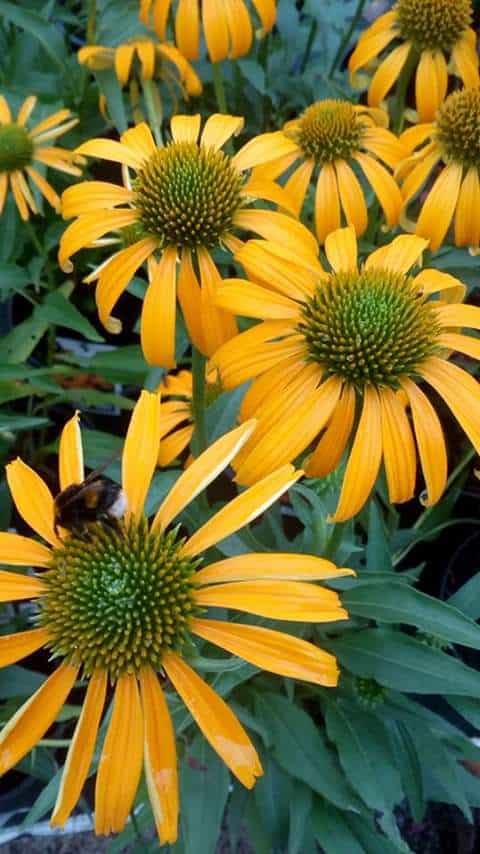
Whether you are dividing plants from the ground or pot grown the principle is pretty much the same. Lift the clump or remove from the pot, using a sharp spade divide in half and then again into smaller clumps depending on the size. Once divided the plants can either be planted back into the ground or alternatively potted up into individual pots using a mix of compost and soil.
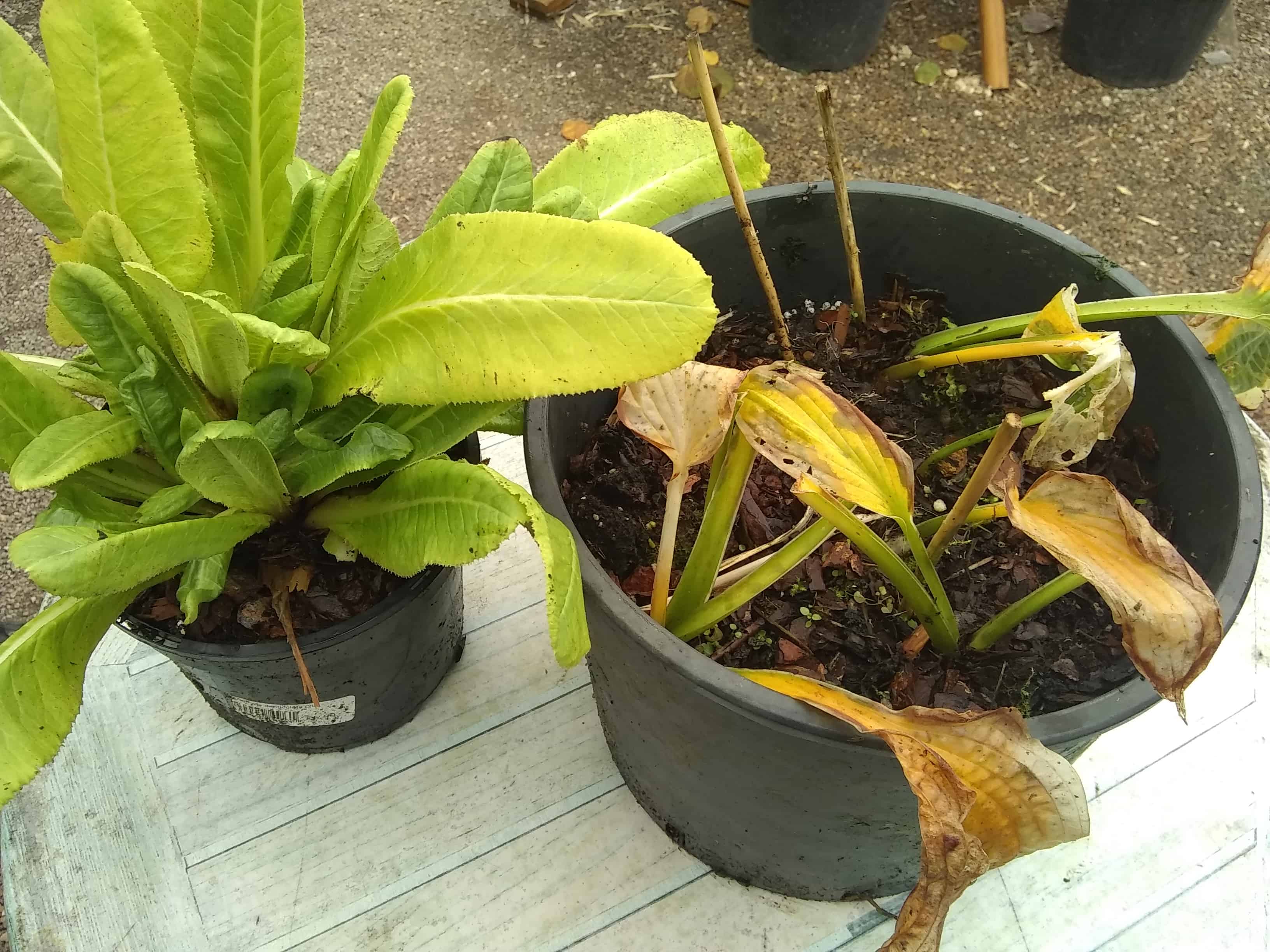
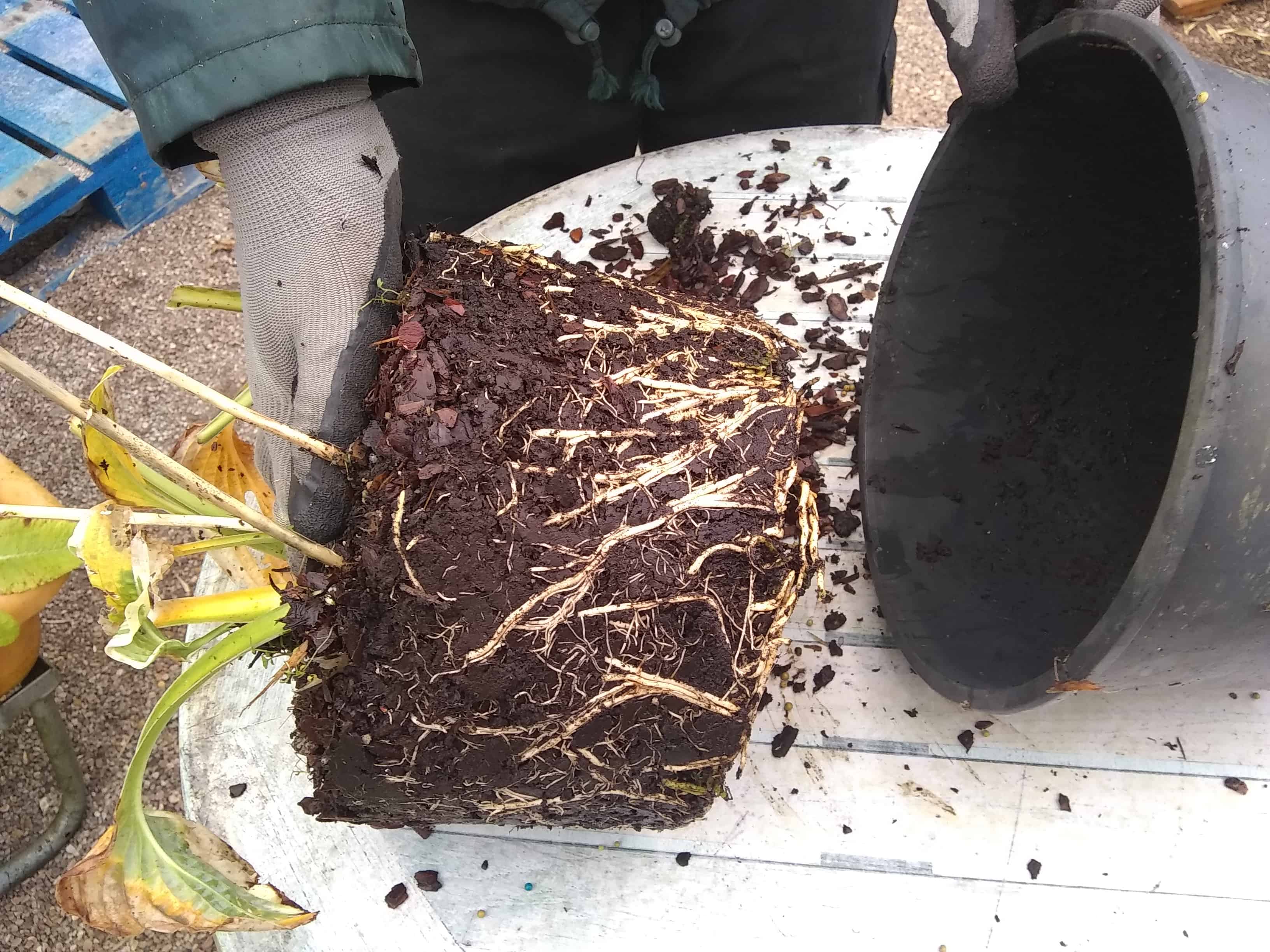
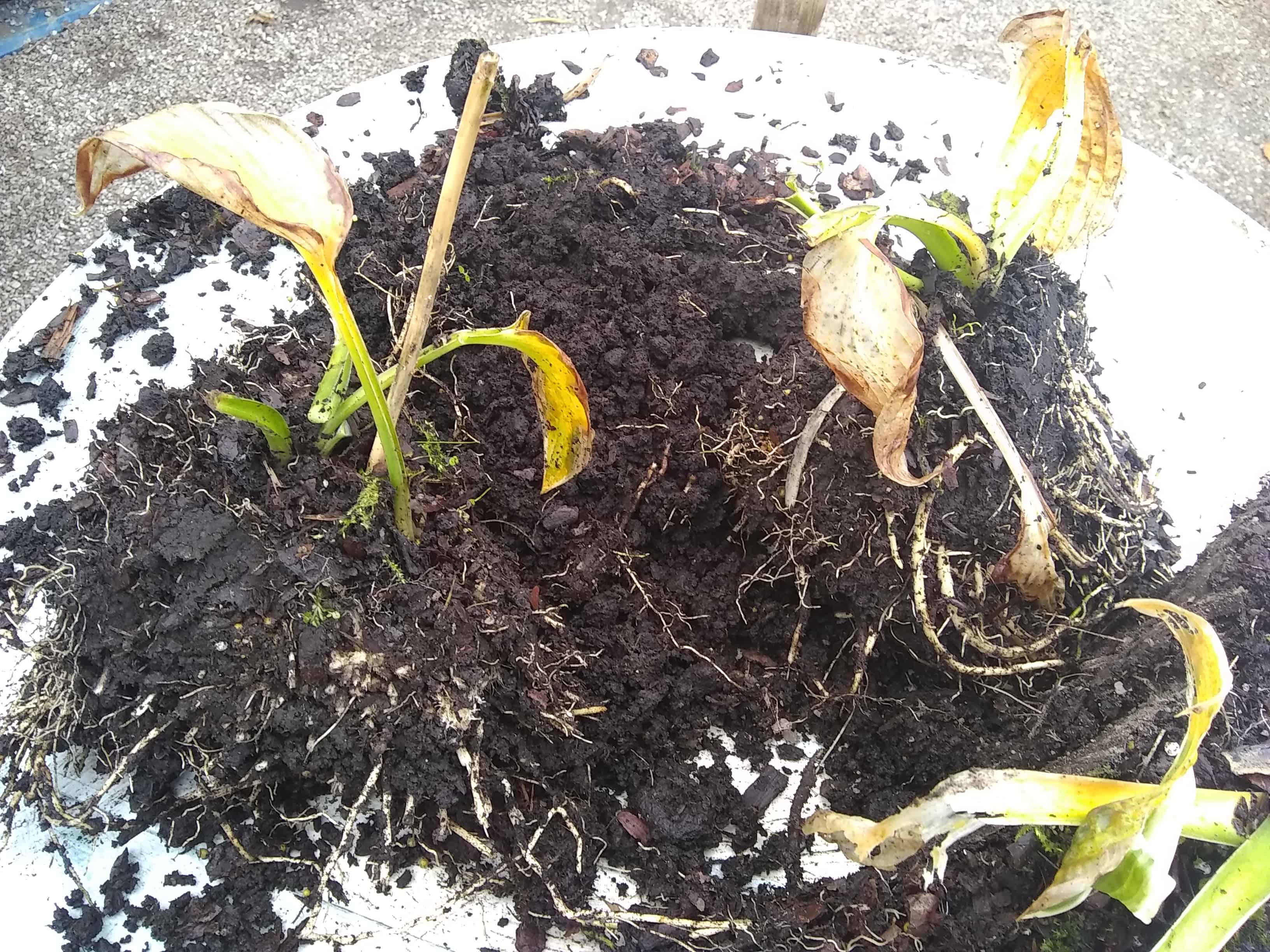
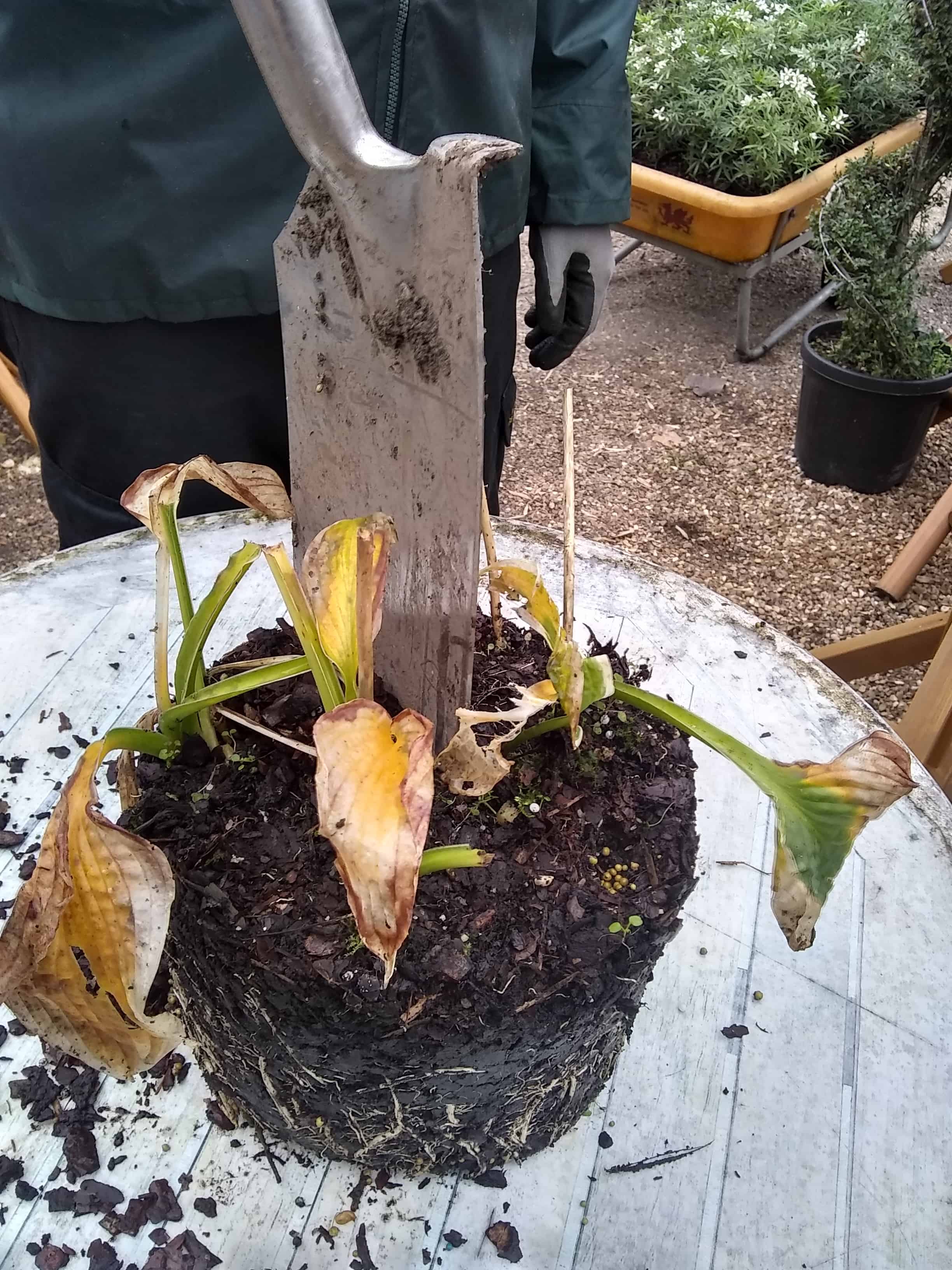
There are advantages with potting up the plants, they can be overwintered in a frost free environment helping the plant to grow on and re-establish a good root system, giving them an excellent strong start in the new growing season. Whichever method you choose it’s crucial the plants are watered in whilst the plants re-establish themselves. October and November is the recommended time for dividing but in an exceptionally wet autumn the ground may become too heavy to work, if this is the case it is advisable to delay until spring.
.................................................................................................................................................................................................................
Planting Spring Flowering Bulbs
A welcome addition to any garden, spring flowering bulbs require little work and maintenance yet produce fabulous stunning early season displays
The unmistakable swathes of stunning Daffs and the beautifully vibrant colours Crocus, Iris, Tulips and other bulbs bring to gardens in the spring may seem miles away at this time of year however, if you are looking to add or create a new spring display now is the time to plant.
Bulb planting is straight forward and easy even for the most novice gardener. When planting out always plant in groups, minimum of 6-9 bulbs per group to give more impact and a better show, increase quantities if a larger area. For the correct spacing, plant bulbs twice the width of the bulb apart at the depth of 2-3 times the depth of the bulb with the shoot facing upwards.
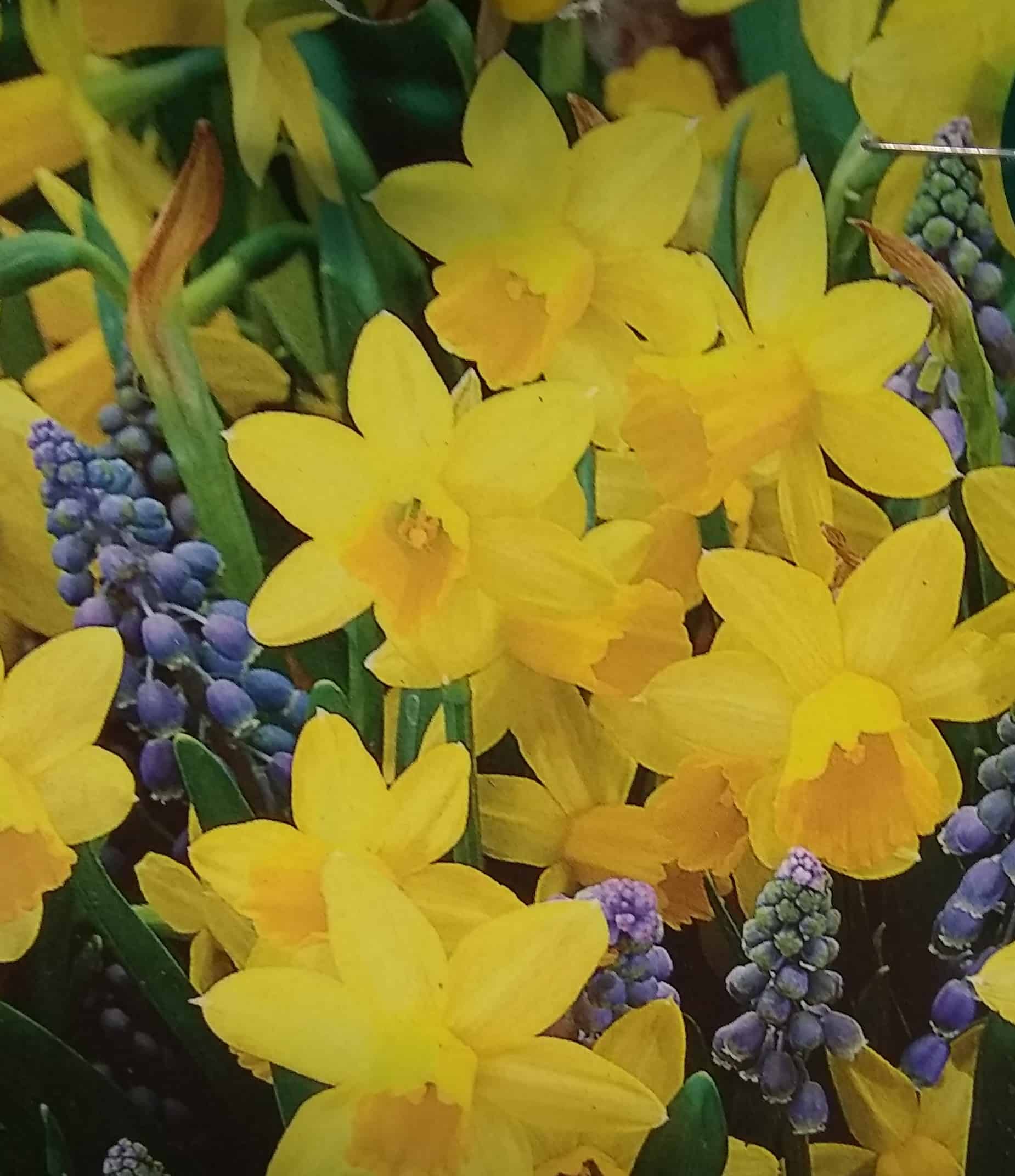
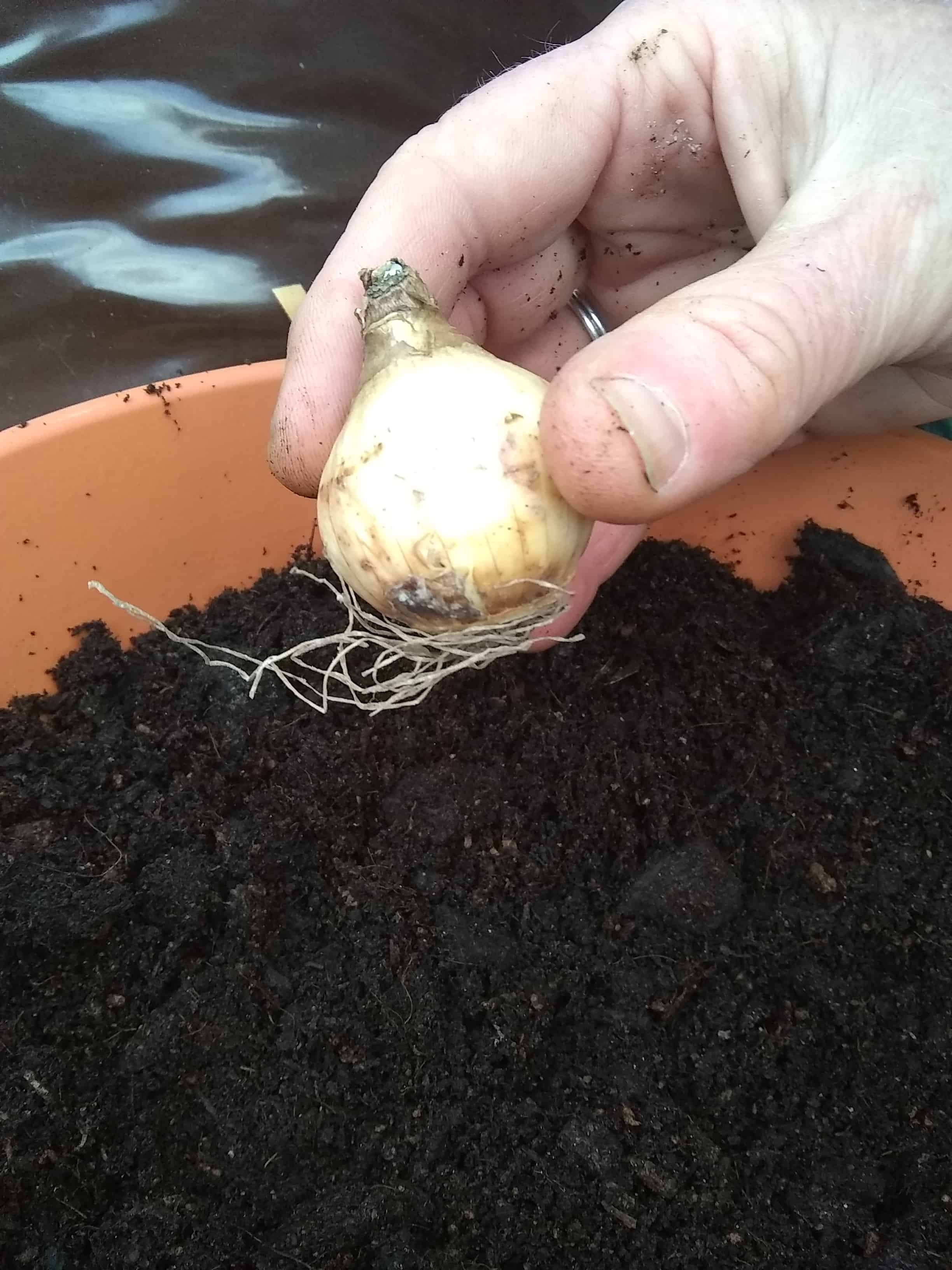
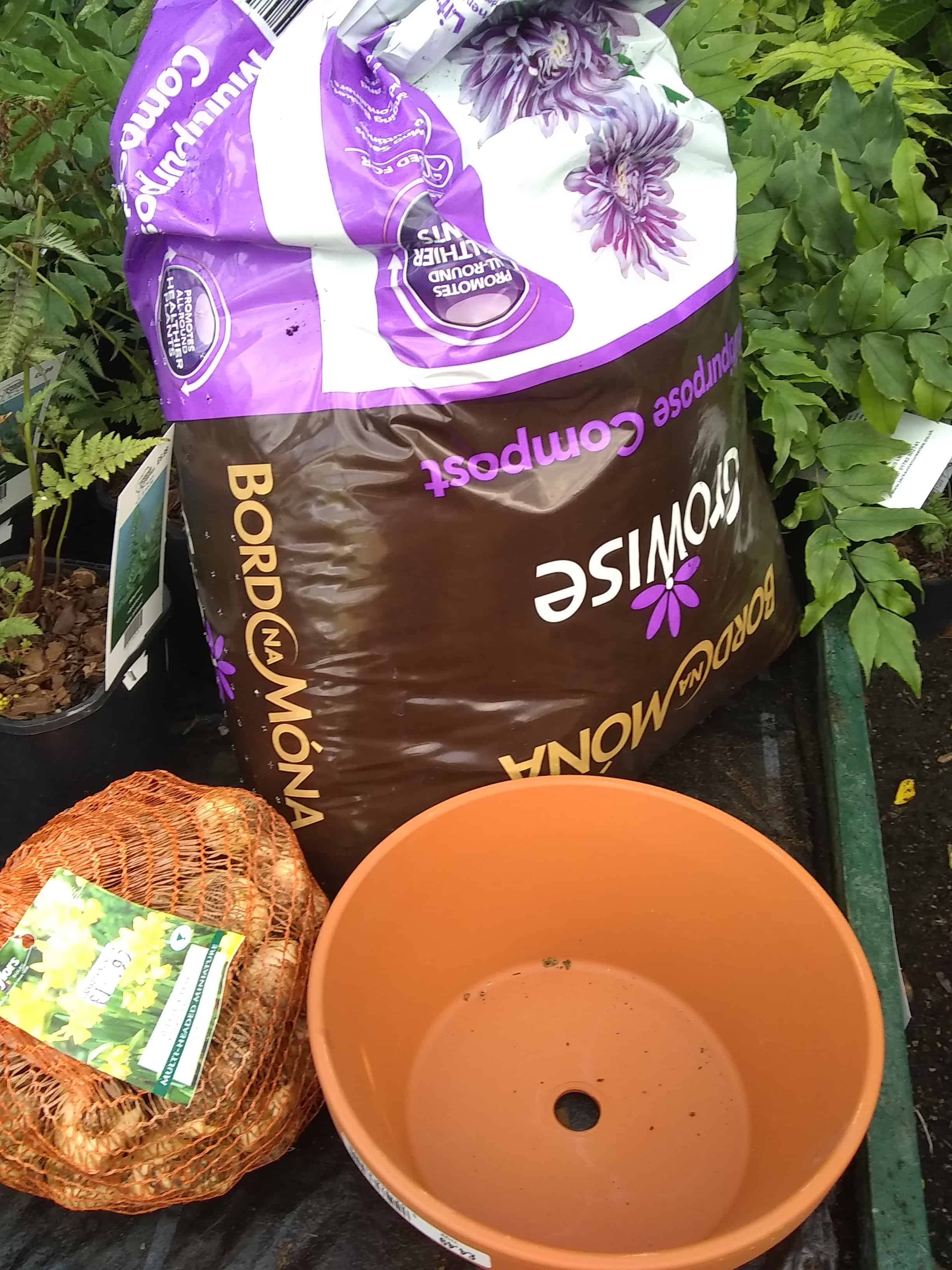
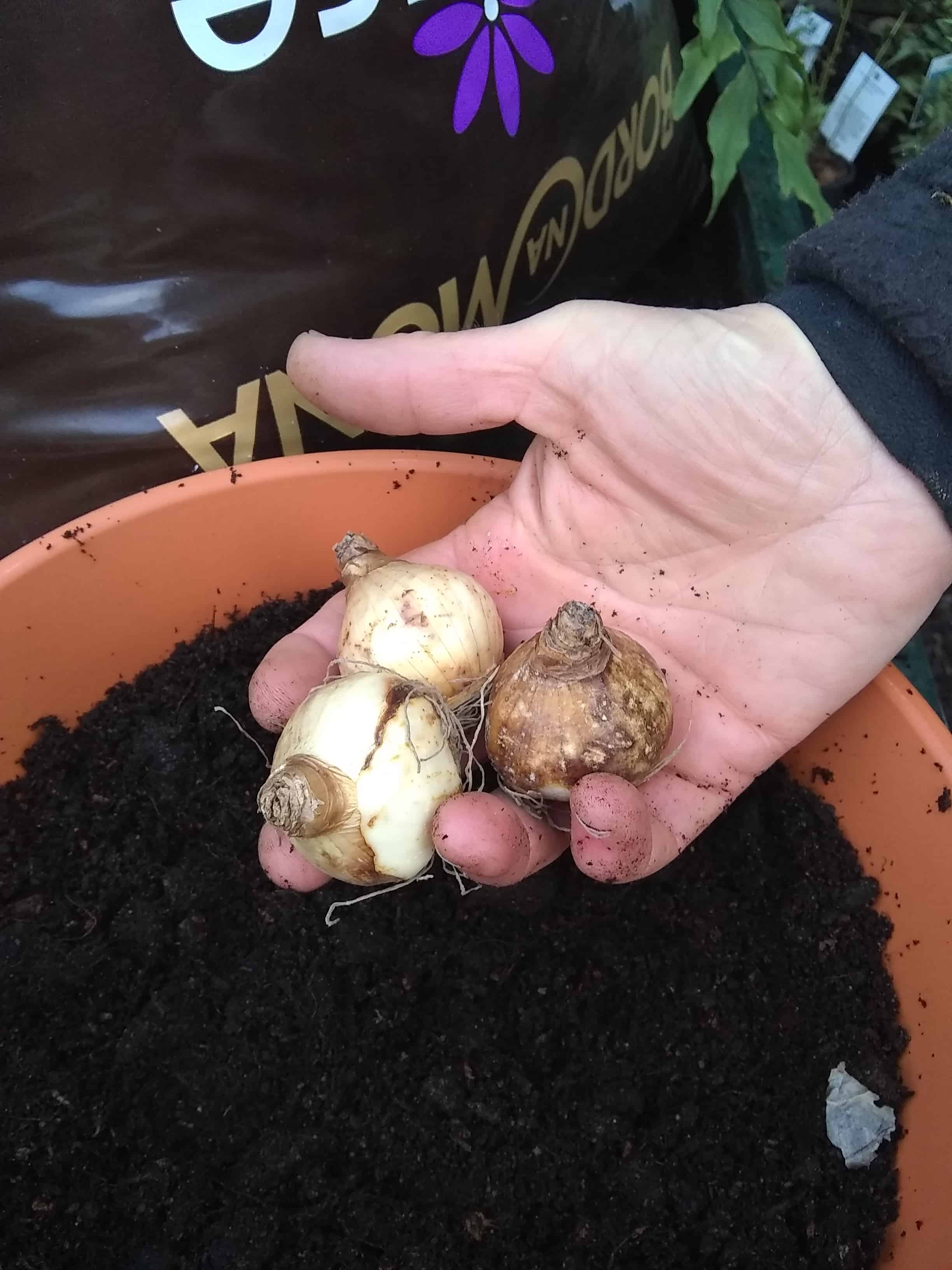
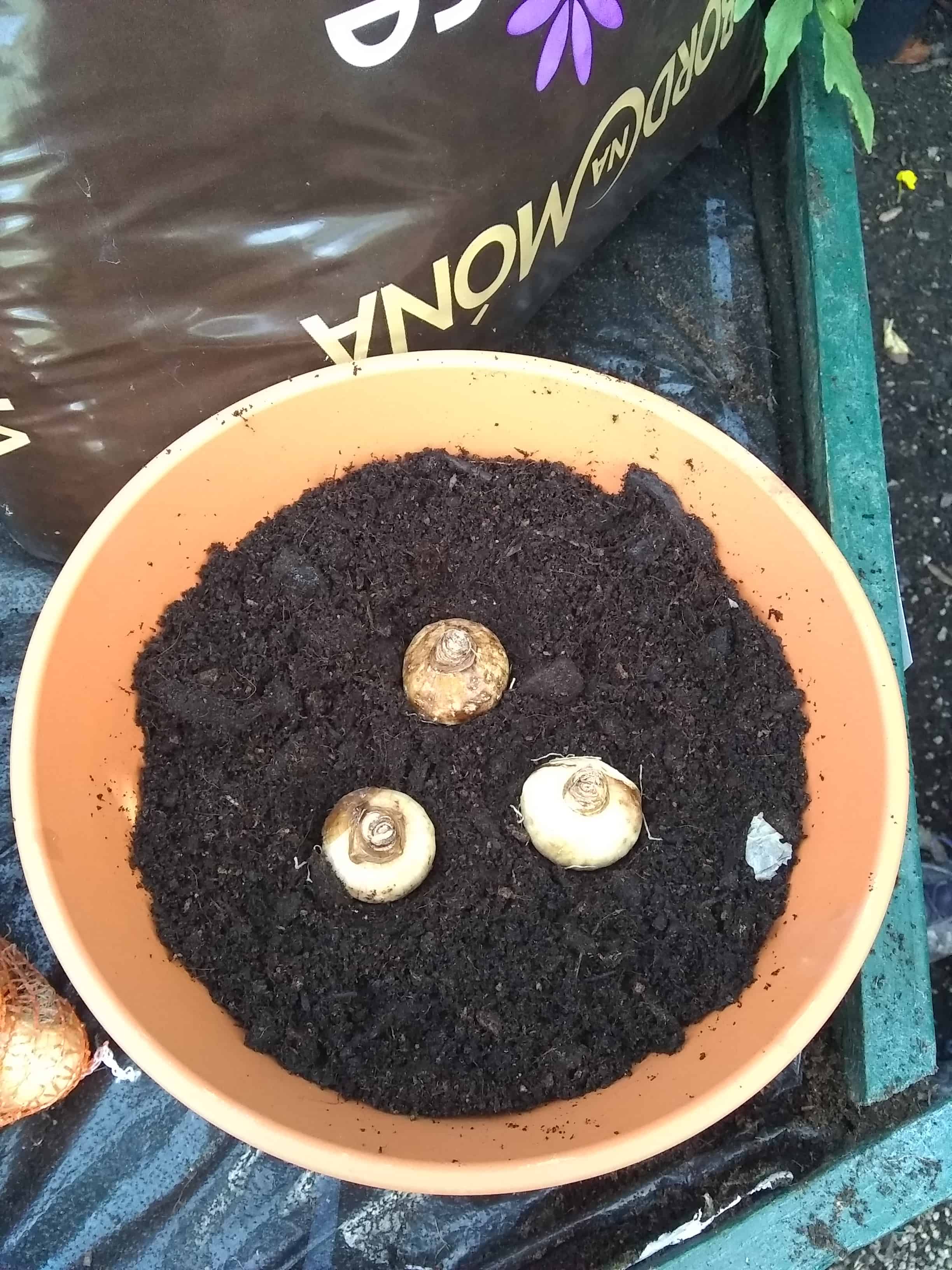
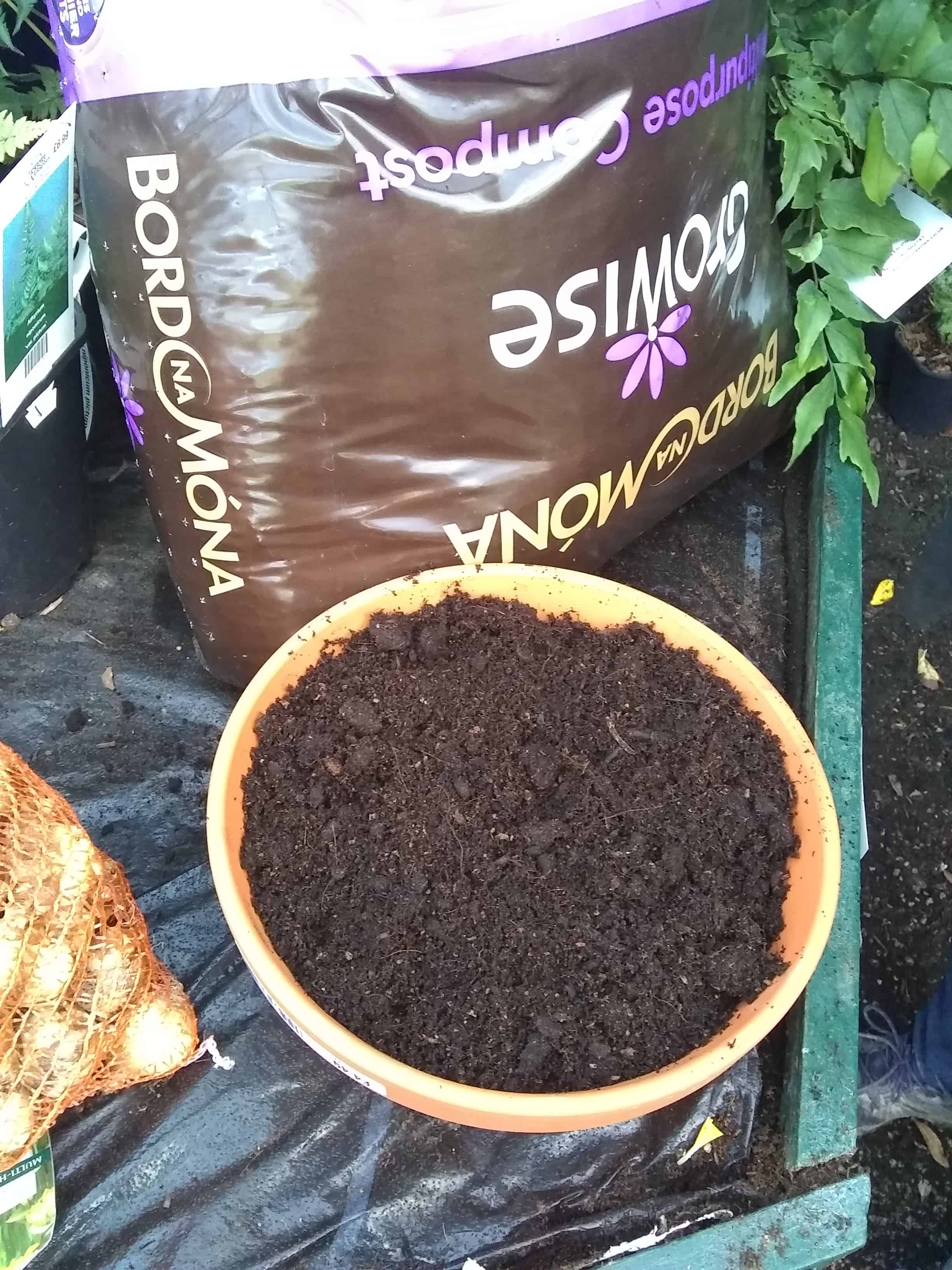
Bulbs are a super choice for containers and easy to grow, again best planted in groups but may need to be smaller depending on container size, using a mix of multipurpose compost and grit with plenty of drainage when potting up. Recommended bulbs for containers include compact varieties of Daffodils, Tulips, Iris, Muscari. Some bulbs such as the delicate Snowdrop perform much better when pot grown, once establish in the pot they can be transferred into the ground or divided and re-potted.
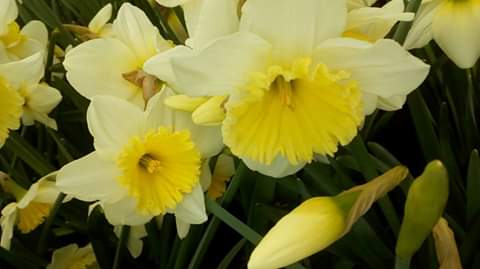
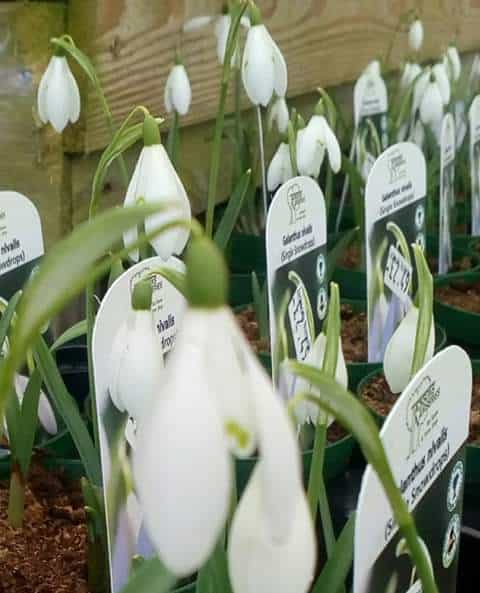
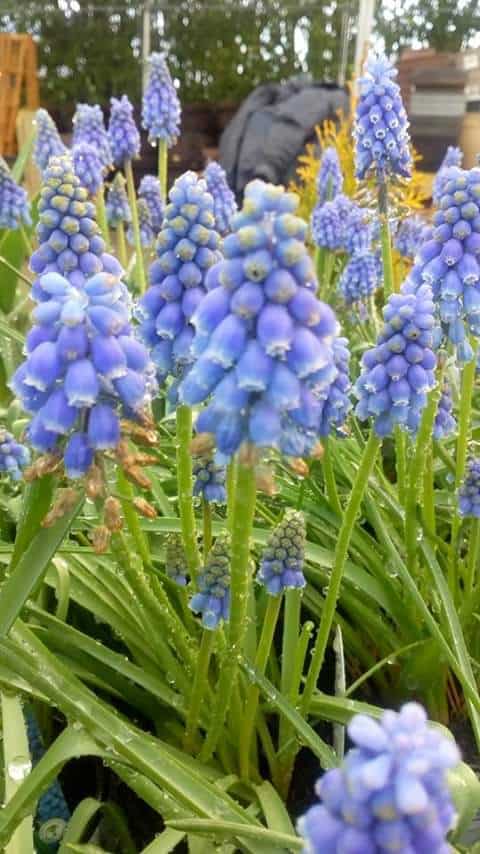
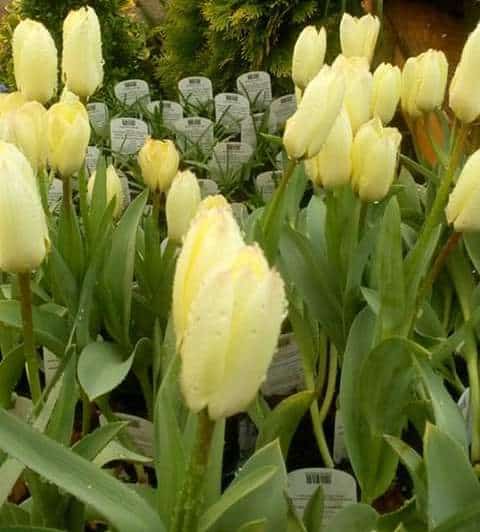
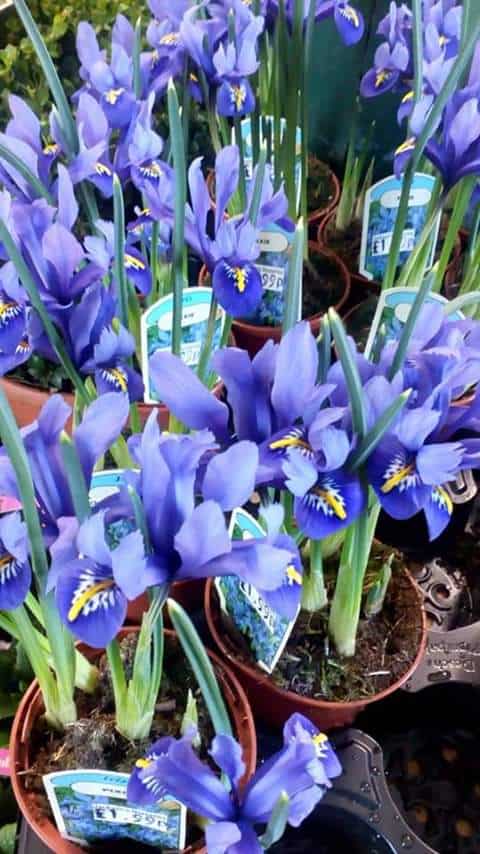
Miniature & compact bulbs can also be used in planted container and basket arrangements made up this time of year to replace the annual summer displays. Planted below the top plants filling the baskets they will come through and add additional colour to arrangements in spring.
.................................................................................................................................................................................................................
Camellia & Rhododendrons
The fabulous early season splendour and colour the Camellia & Rhododendron bring to many gardens take the plants many months to prepare.
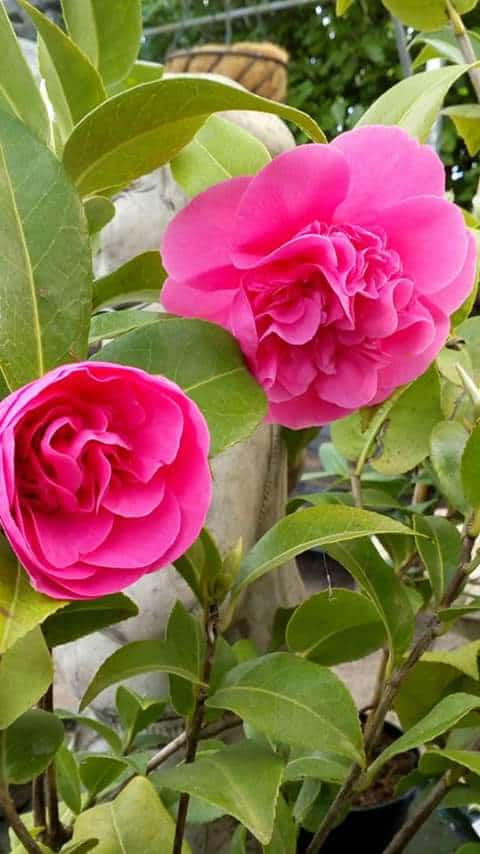
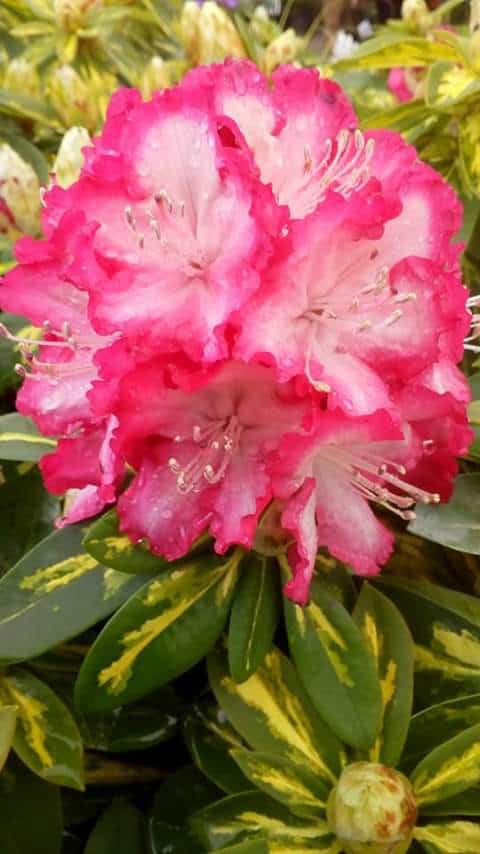
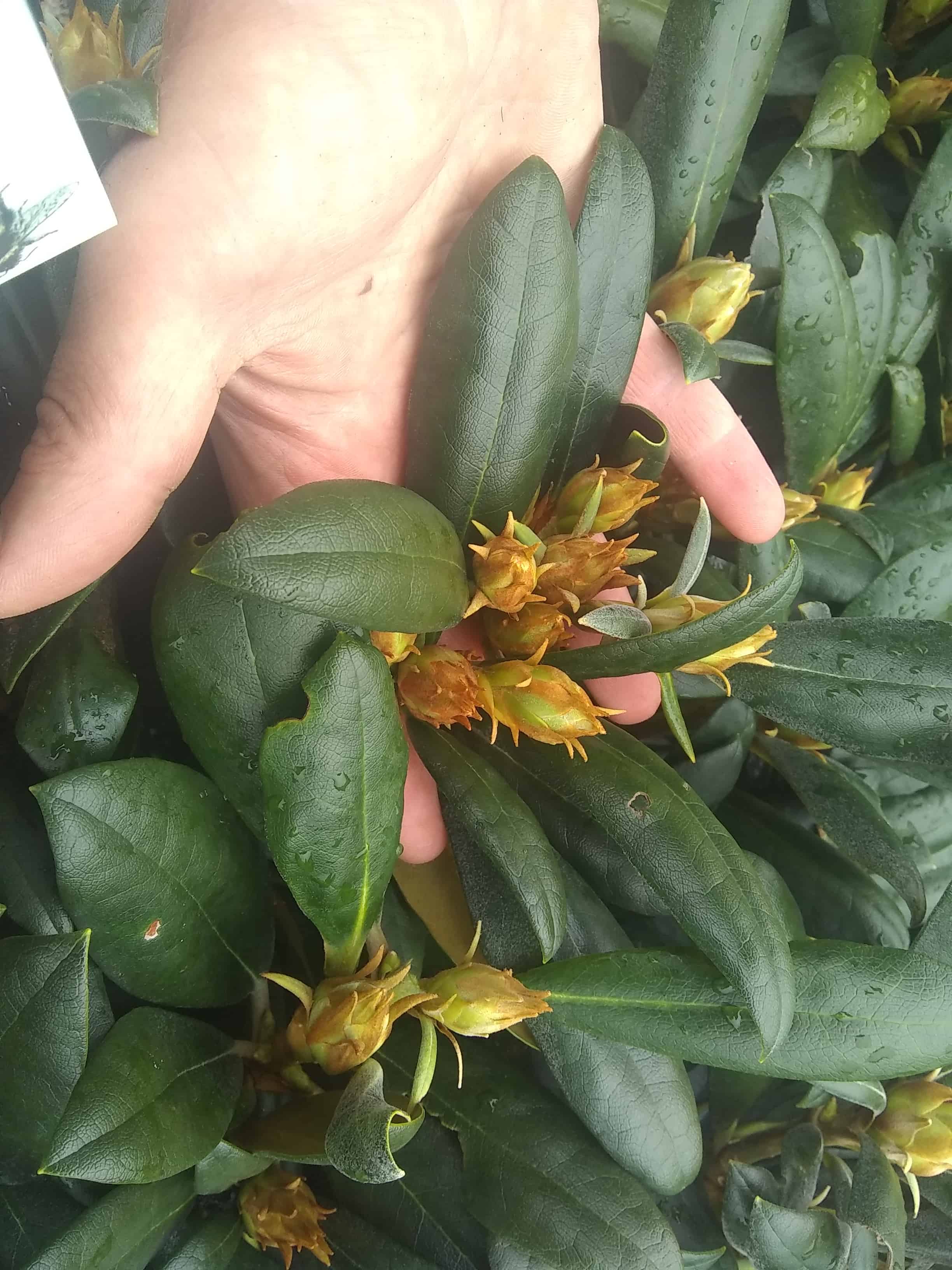
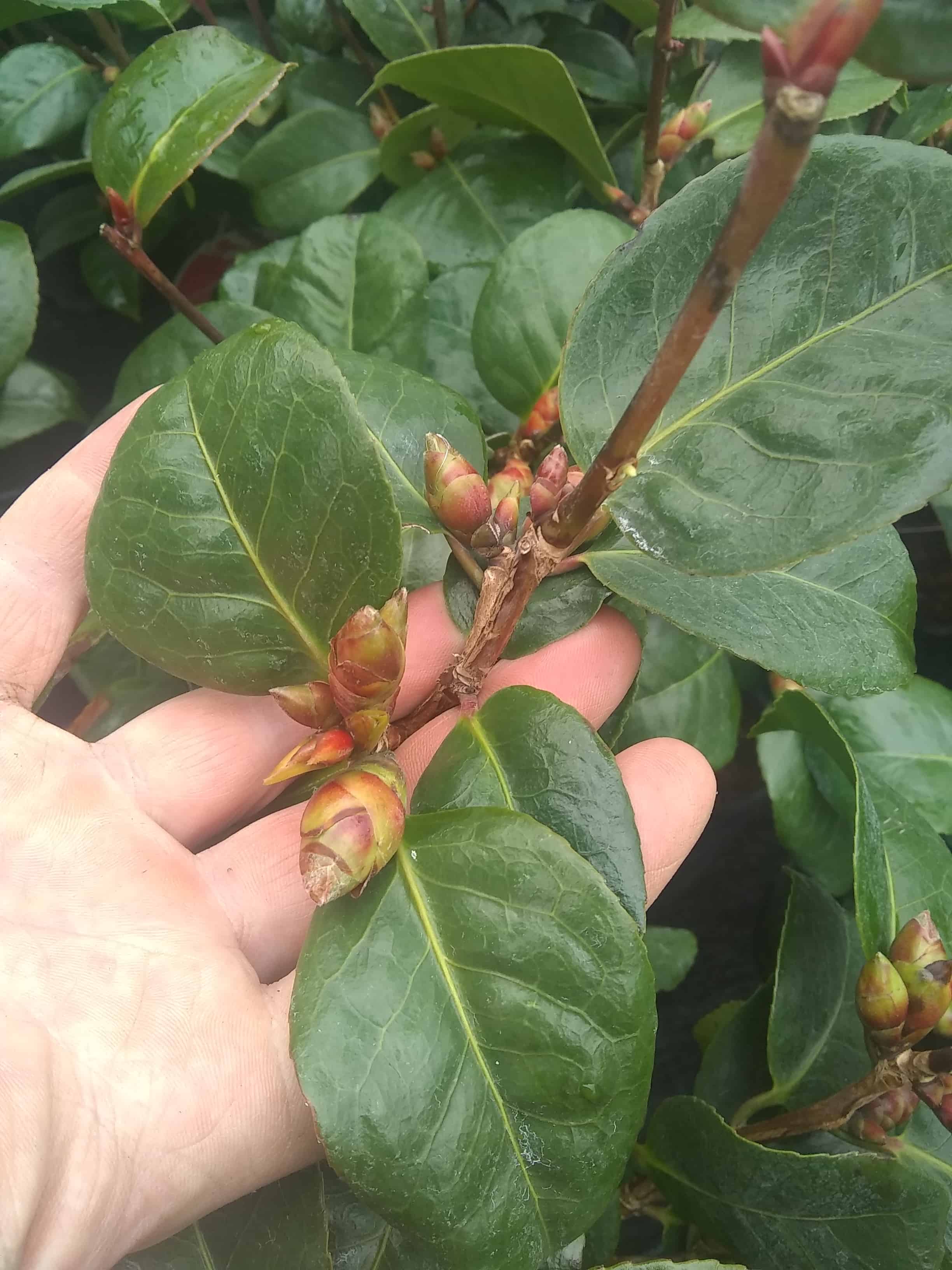
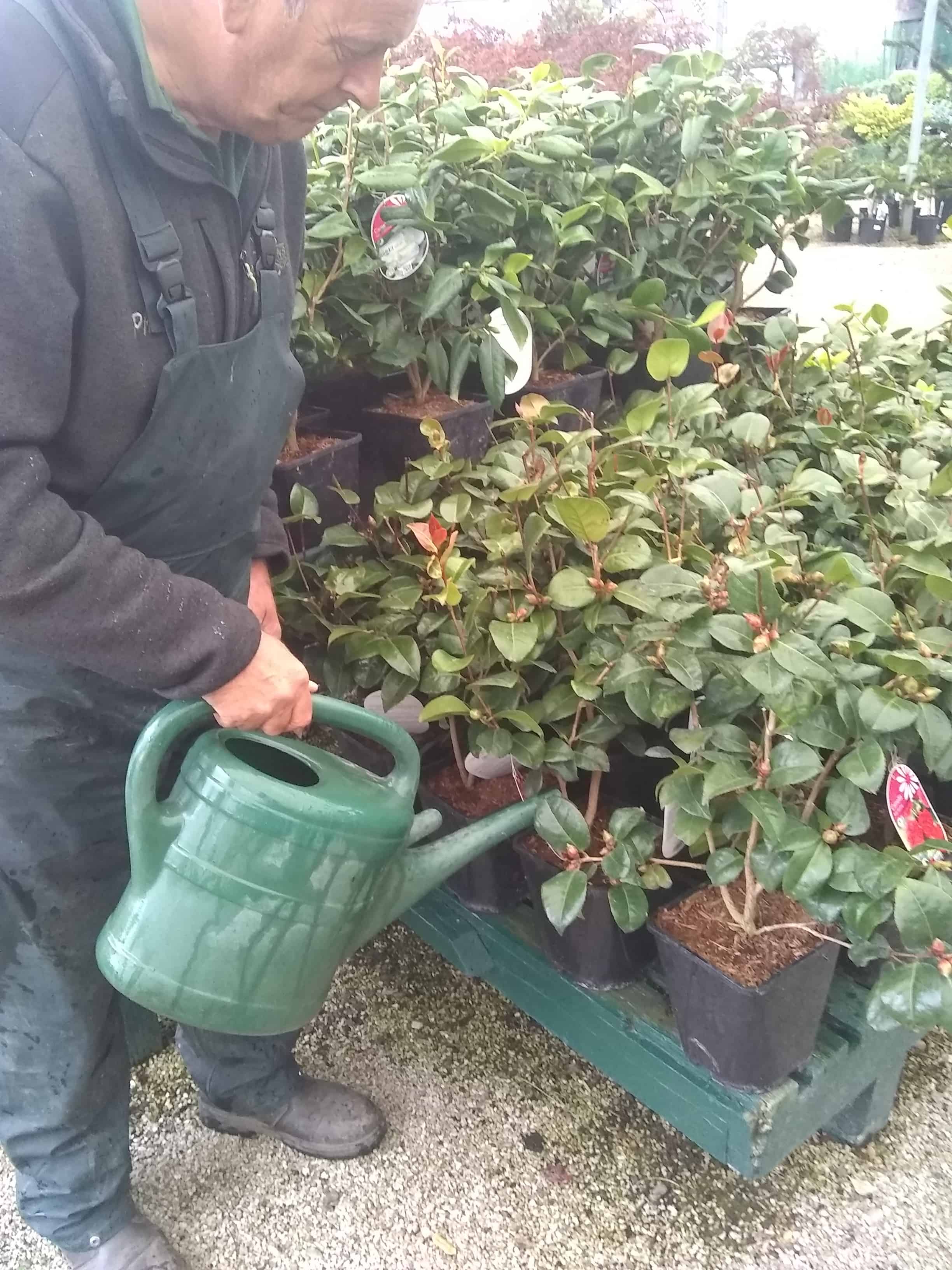
Next seasons flower buds start to form very early as we reach the end of summer and enter autumn, the bud development will be well under way. To ensure continued healthy growth and development of flower buds it’s is crucial the plant is kept well watered.
Early October can often be fine and dry it’s important to make sure the root system remains moist and well watered (not over watered) helping the buds to swell and grow. Always water around the base of the shrub, both Camellia & Rhodo’s have dense foliage and if watered from the top water can be diverted away from the base by the foliage, meaning insufficient water reaches the root of the plant causing it dry out. Failing to look after them during the crucial autumn period may result in buds drying out and dying putting at risk the much anticipated spring extravaganza.
.................................................................................................................................................................................................................
Tree & Shrub planting
Late October signals the start of the main tree and shrub planting season. The first frosts of the season and general cooler conditions will slowly send the plants dormant for the season autumn leaf colour and leaf drop on deciduous plants is a good indicator the dormant season is upon us.
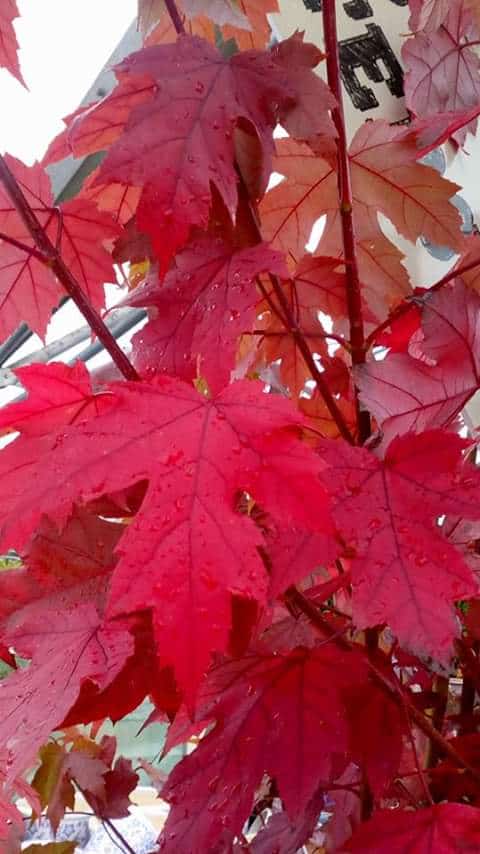
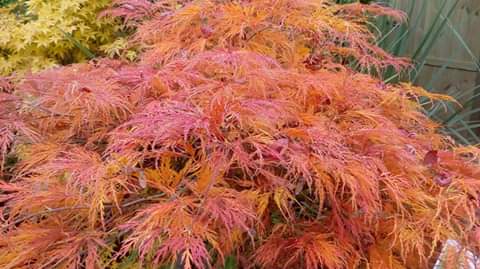
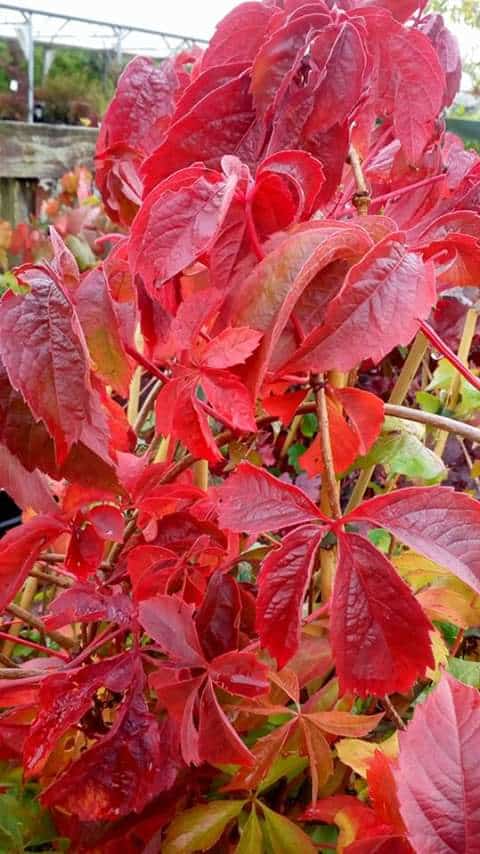
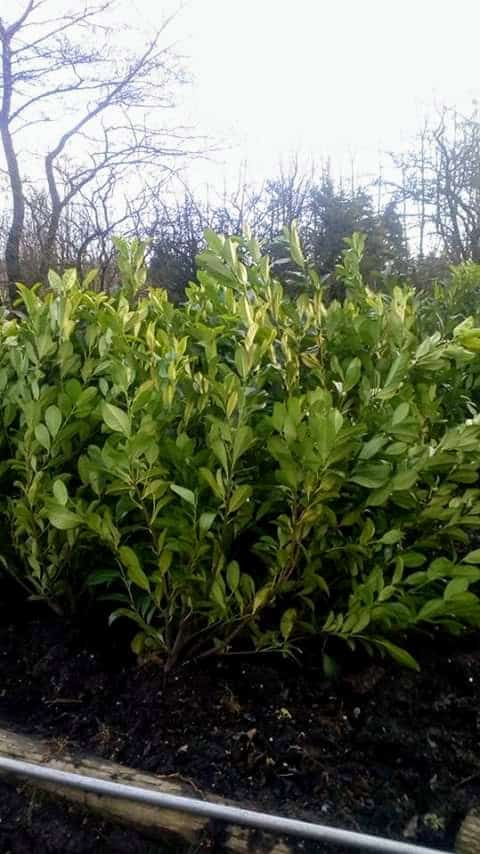
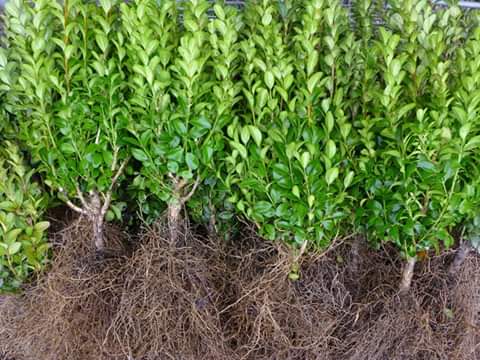
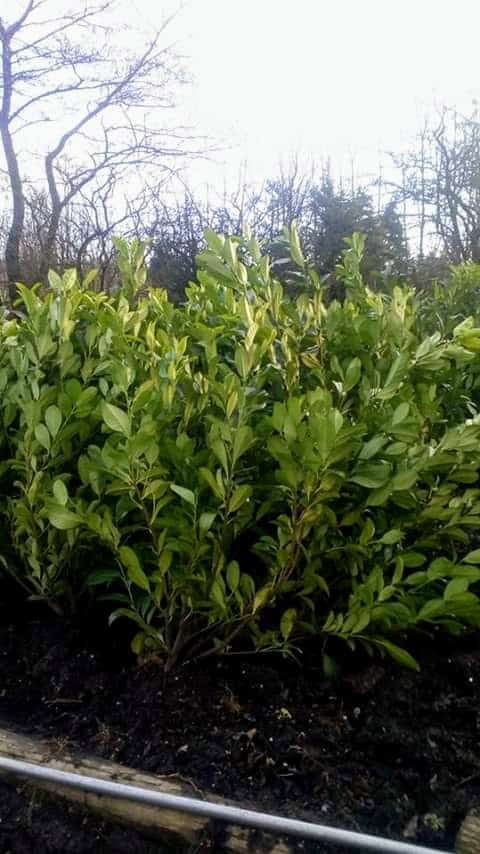
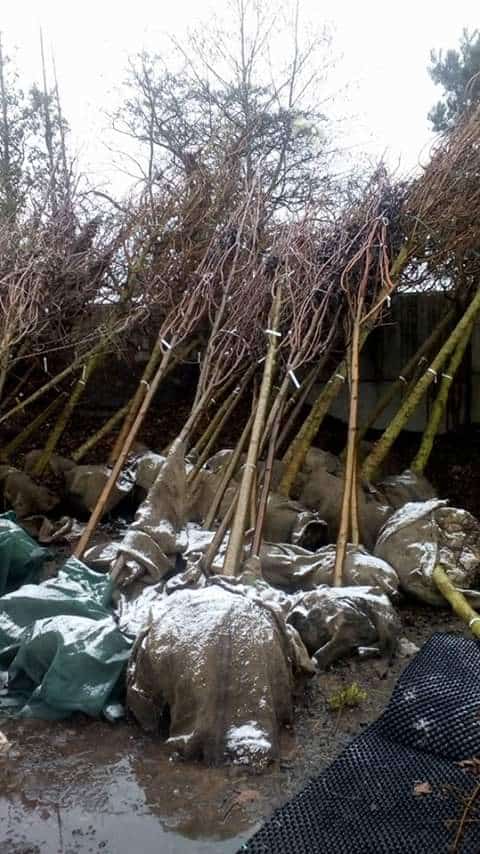
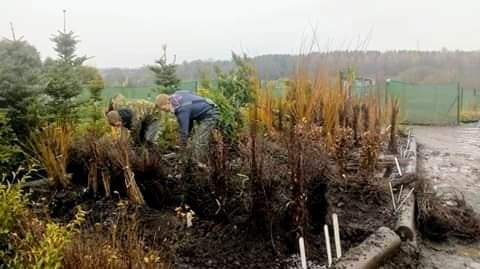
During the dormant season, trees shrubs, native, deciduous and evergreen hedging plants can be purchased bare root or root balled. These can be purchased in bulk at very competitive prices and are perfect for large hedge row and tree planting projects or if you need to fill in gaps in existing hedge rows. Mature specimens can be lifted and root balled to order from Nurseries growing open ground stock.
During the dormant season plants can be moved around the garden without causing stress to the root system. When moving plants it’s always advisable to lift the plant with as much soil around the root as possible so as not to disturb the root system. Replant using compost and bone meal to help the root system to re-establish and water in. The best conditions for lifting are when the ground is moist and soft, don’t lift if ground is sodden and waterlogged or too dry. If there is not enough moisture in the ground soil can break up and fall away from the roots when lifting, making it more difficult for the plants to re-establish especially when lifting larger more mature plants.
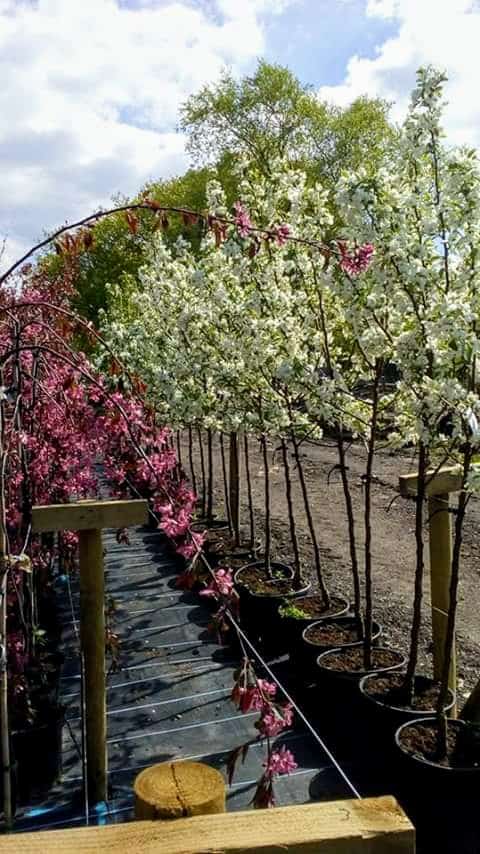
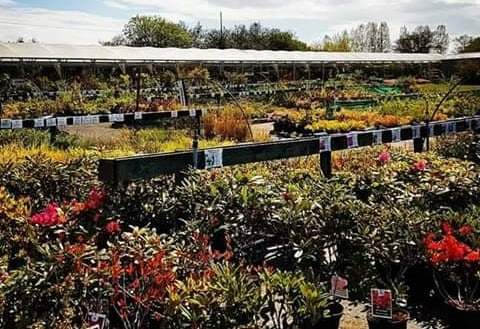
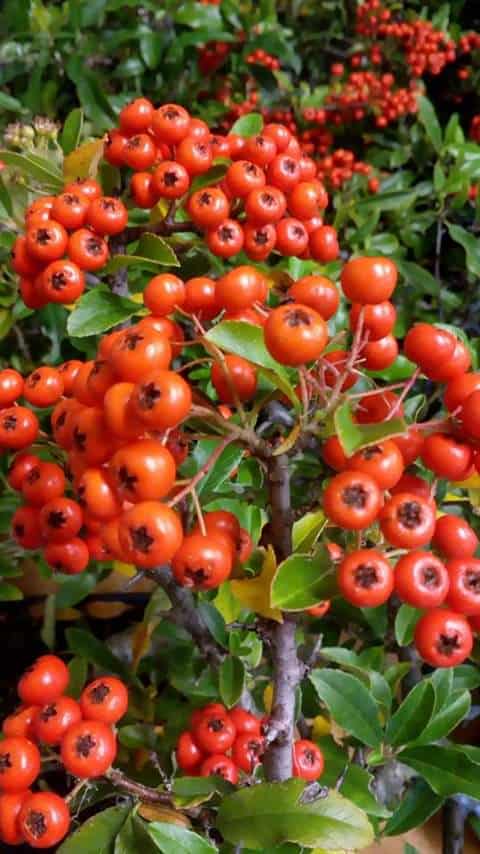
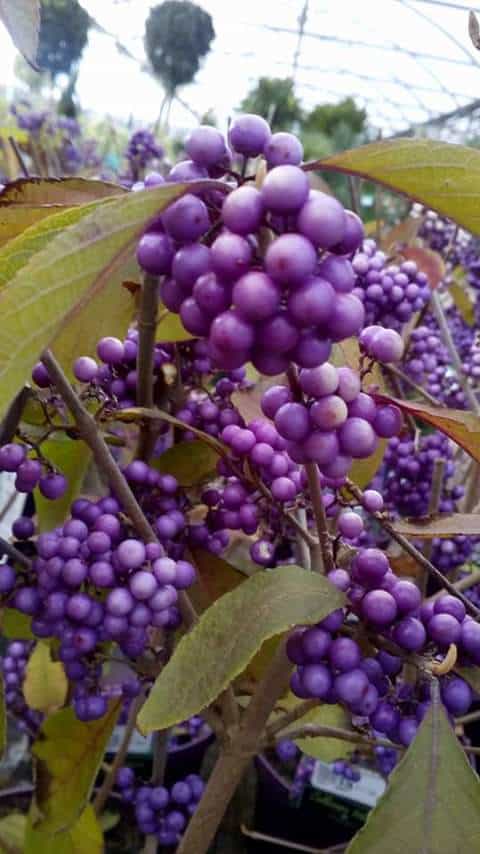
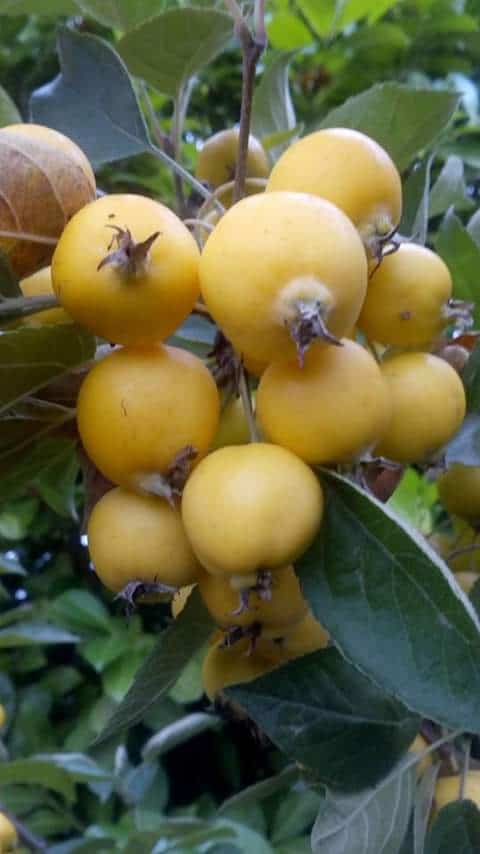
Container trees, shrubs and perennials can be planted all year round, autumn and winter is a good time as they require less watering and looking after. When planning and choosing the shrubs and trees for your garden please give a little a thought towards giving the local wildlife a helping hand. Evergreens provide excellent all year round coverage for birds and other small animals.
The late autumn berry some shrubs and trees produce such as Pyracantha, Callicarpa and Cotoneaster are a valuable source of food and much needed sustenance before the winter months, they are also a vital source for pollinating insects earlier in the season with the abundance of fruiting blossom produced in spring. Adding in groups of pollinating friendly perennials will also make a massive difference to local butterfly and bee population in the spring and summer.
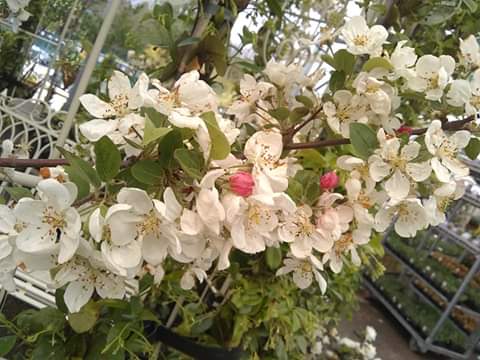
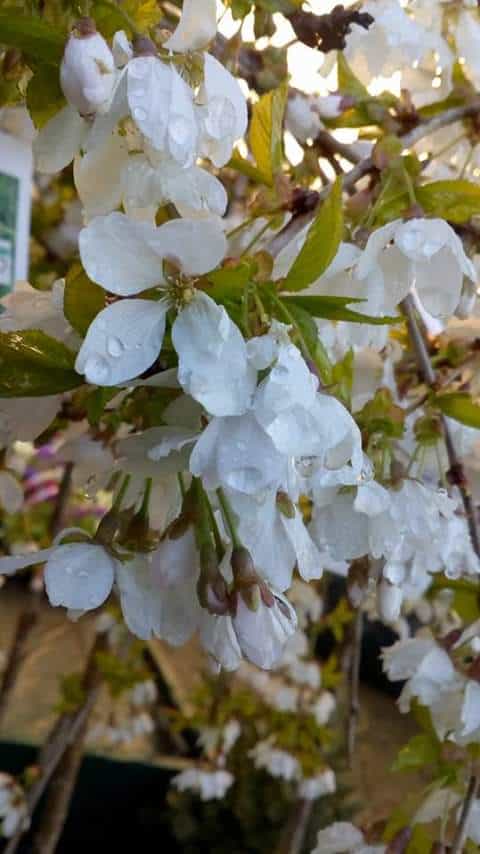
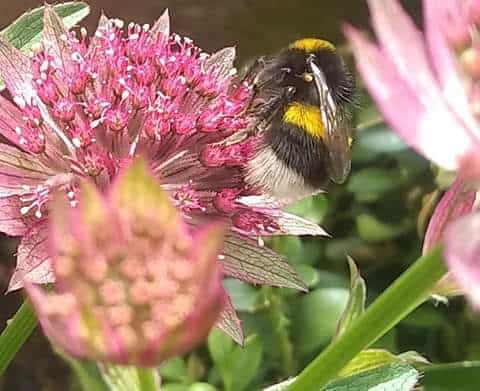
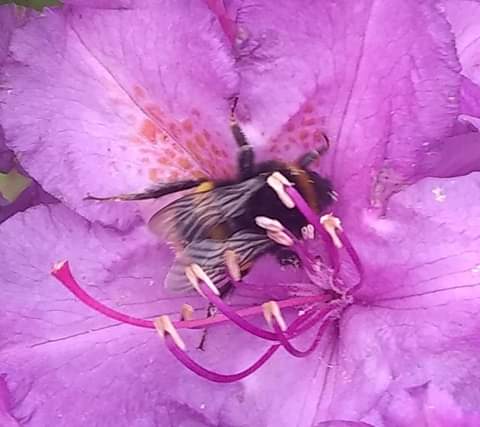
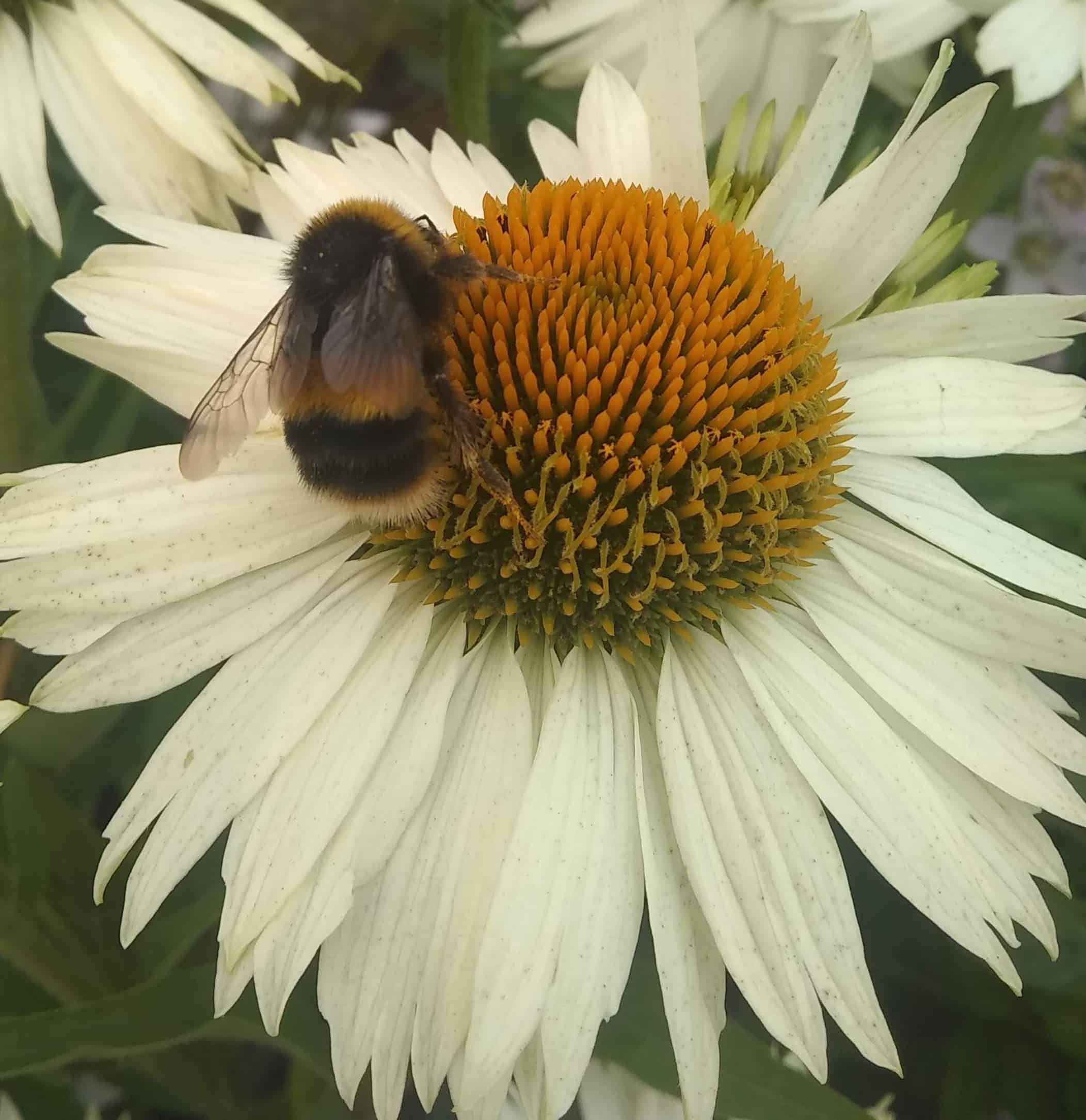
Finally its important with all planting at this time of year to add good planting media and a root builder such as bone meal to encourage strong root growth, water in, avoid applying general plant feeds as many will be too high in nitrogen encouraging top growth rather than root growth which is essential and key to establishing a strong root system.
.................................................................................................................................................................................................................
Last chance to harvest fruit
October see the last chance to harvest late season fruit such as apples, pears, medlars and autumn raspberry.
It’s important to pick before the cooler wetter weather arrives later in the month spoiling what’s left of the crop. With a gentle twist ripened fruit will come any from the tree quite easily. It is worth noting to take care when picking the fruit as wasps can be a little troublesome in late summer and autumn. Wasps usually feed on the sugary spit produced by larvae in the nest however there will be no larvae left at this time of year the wasps will be looking elsewhere for their sugar fix, fruit trees being their perfect source.
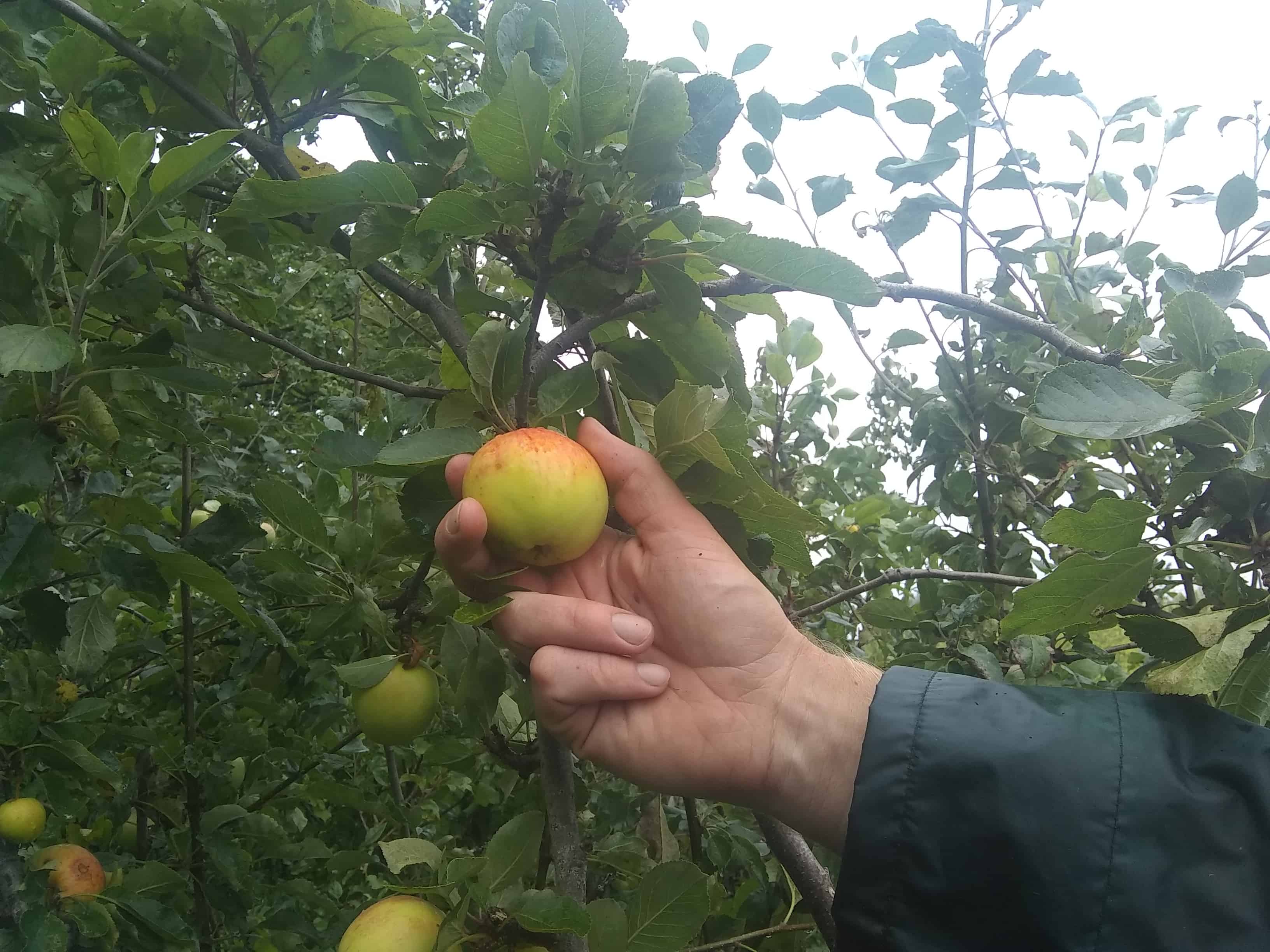
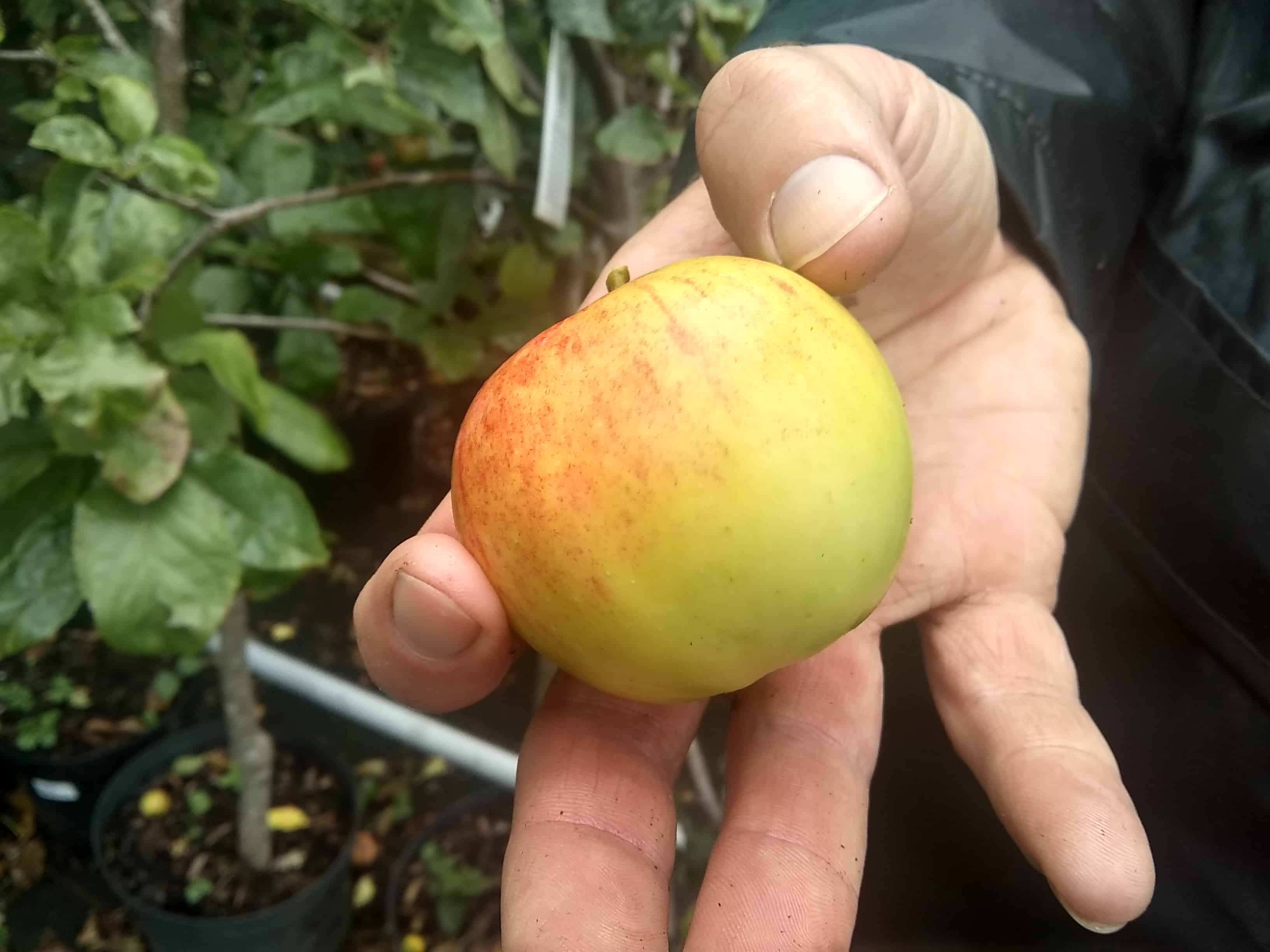
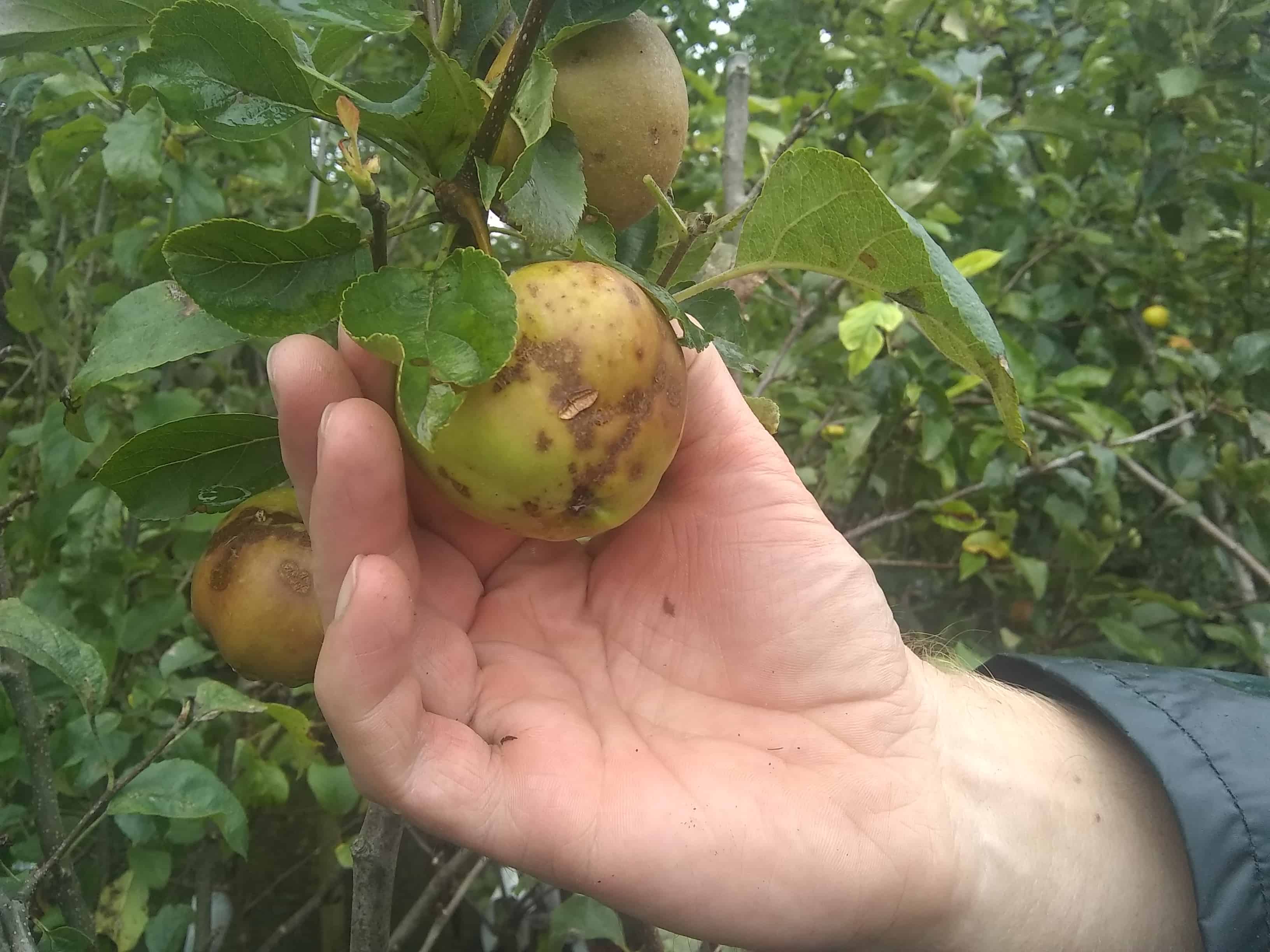
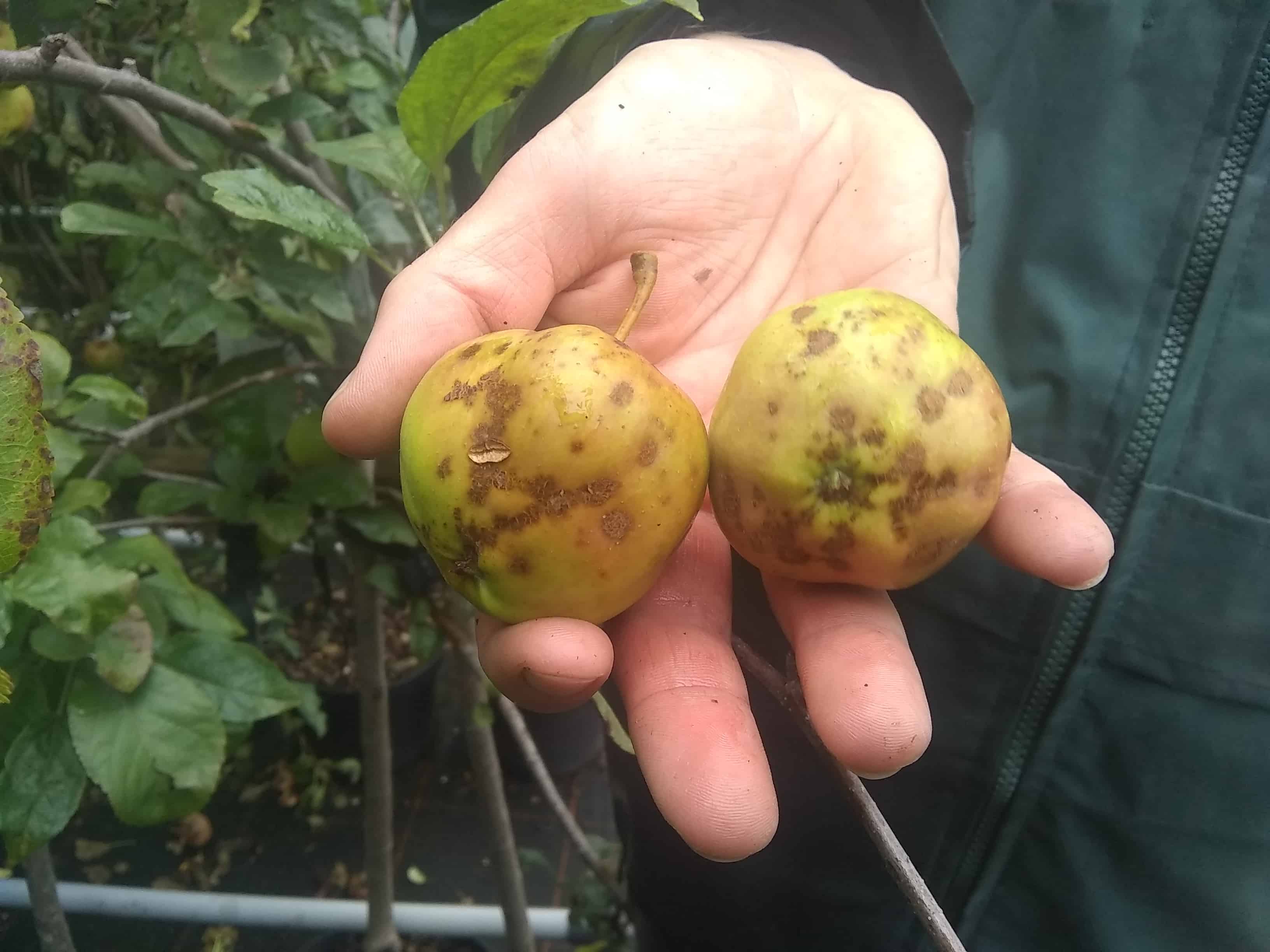
Remove any rotten and diseased fruit from the tree to help control and stop the spread of disease, it’s important leaves and fallen fruit are raked up to again help with disease control. We would recommend any unripened fruit is removed by the end of October, the weather at this stage of the season will be too cold for fruit to ripen. Leaving the unripened fruit on trees will take valued energy out of the tree as well as leaving the tree open to disease.
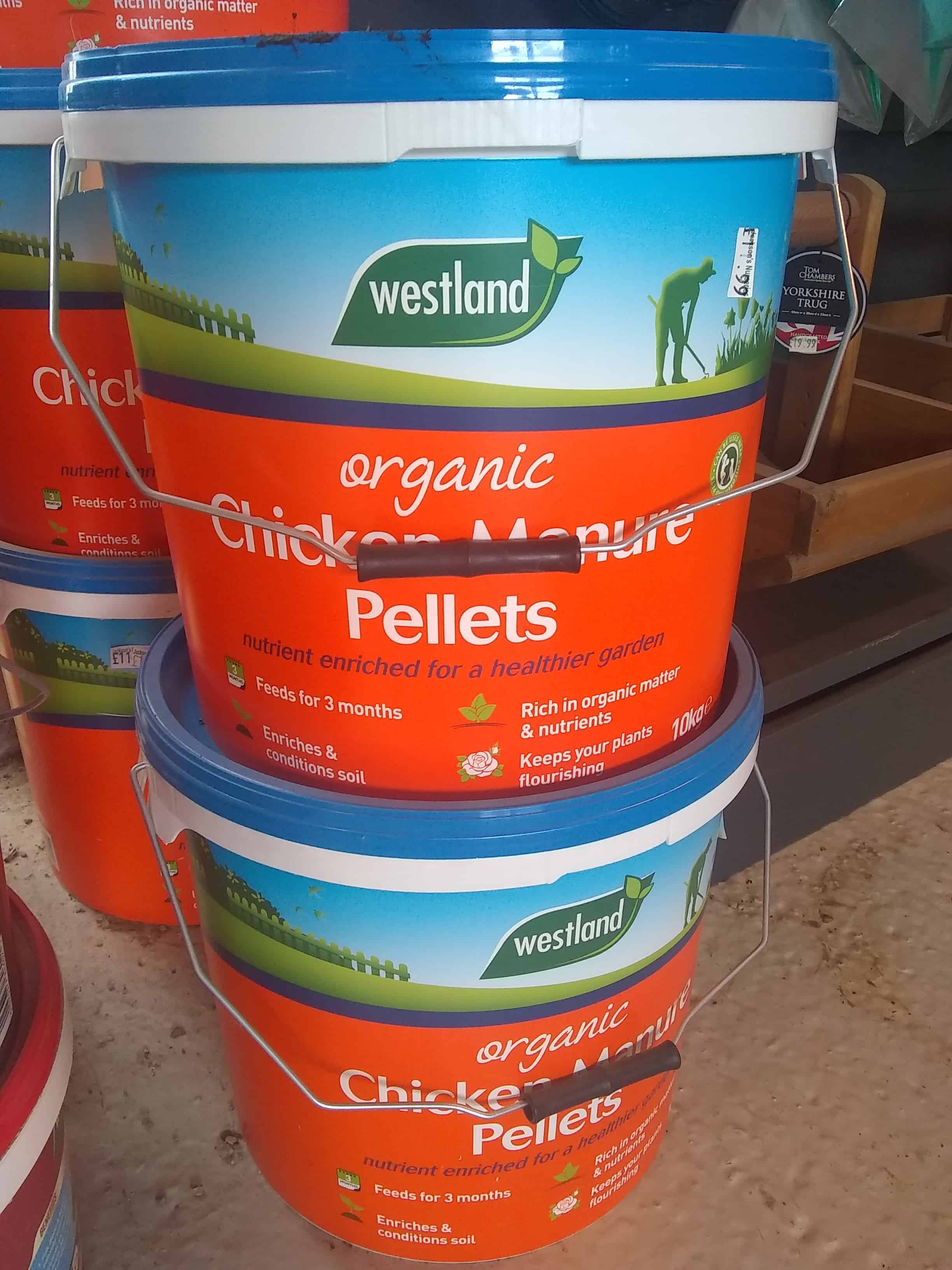
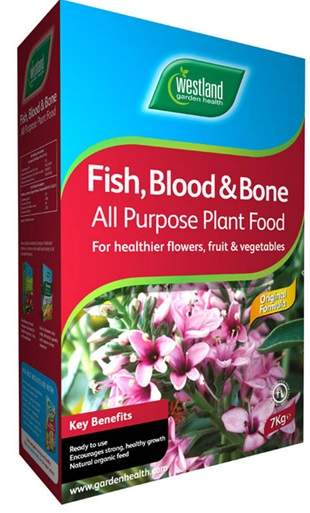
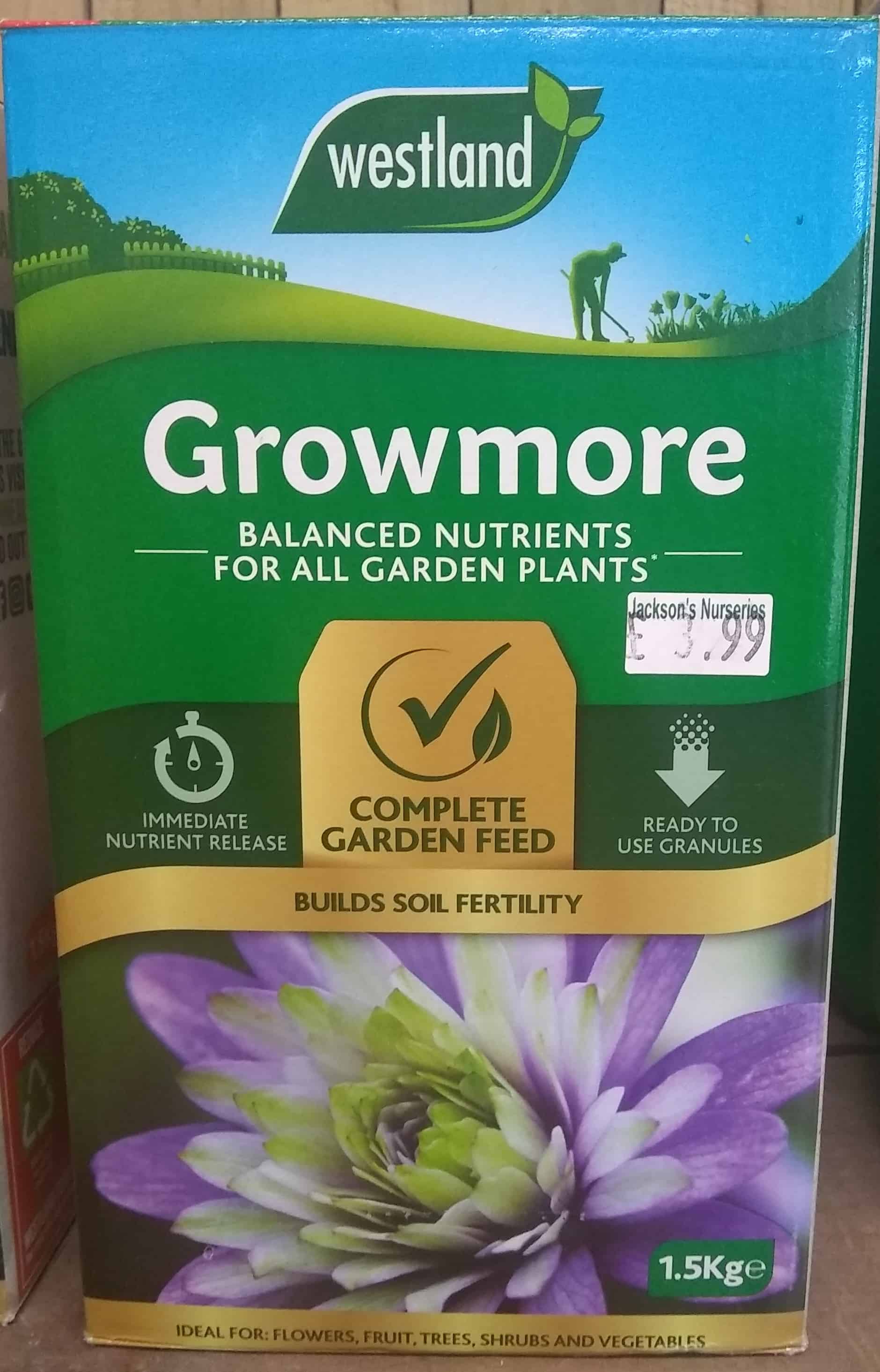
Fruiting trees will have expelled huge amounts of energy through the growing season producing their fruit and will be in need of a nutritional boost, however, now is not the time to do it. If fed now they would produce young tender growth, this growth would be damaged as soon as frost and cold weather arrives. Generally fruit trees are best fed with high nitrogen feed in the spring giving the tree some well needed sustenance as the growing circle begins again.
Late season apples, if stored in a well ventilated frost free environment, will last well into November & December. Pears have a much shorter shelf life of around three weeks. If you have a glut of autumn raspberries and struggling to use up these can be frozen and used as and when required.

